Gardeners around the country dread summertime but we’re here to help you understand what to plant in summer so you can make the most of this difficult period. Covering what to plant in December, January, and February, we’ll provide expert garden advice that covers your favourite fruits, vegetables, herbs, and flowers.
What to Plant in December
![]()
The first month of Summer is the perfect time to harvest your Summer vegetables and strawberries. By harvesting regularly you’ll end up stimulating ongoing crops throughout the Summer season. To ensure an abundant crop development make sure you keep your vegetables well hydrated and fed. For example, leaf crops such as lettuce, require extra attention as it can lead to a bitter taste if allowed to stress and dry out.
![]()
If you're looking to inject splashes of colour during Summer then sowing classic cottage flowers are the way to go. These varieties include Asters, Cosmos, Foxglove, Hollyhock, Poppies and Zinnias. If you sow these favourites in the early new year, you’ll be sure to see them bloom in the late Summer to early Autumn period.
![]()
For summer vegetables, stick to sweetcorn seeds, tomato seeds, bean seeds, and squash seeds. All these cope well with heat as long as they are watered regularly and planted in well-prepared soil with thick mulch. Mulching will also keep the plant’s root system cool while adding nutrients and organic matter to the soil as it rots.
What to Plant in January
Amaranthus seeds, gazania seeds, marigold seeds, and Australian native seeds are your top picks for planting in January. You can pot up seedlings into 100mm pots before planting or use our peat pots to limit transplant shock. The bigger root systems that develop will enable the plants to cope better with the heat and you can think ahead and plant autumn flowering bulbs such as belladonna, autumn crocus bulbs, and nerines.
![]()
You can also plant late summer crops of carrot seeds, beetroot seeds, radish seeds, capsicum seeds, Asian green seeds, as well as bean seeds, sweetcorn seeds, and tomato seeds. Cherry tomatoes are a good choice as these ripen faster and will be ready to harvest before the cold weather sets in.
![]()
For a constant supply of fresh salad through the summer and autumn seasons, keep planting leafy greens every couple of weeks, too.
![]()
Herb seeds such as basil seeds, mint seeds, oregano seeds, and thyme seeds require regular picking, as this will keep plants healthy, bushy and productive. If you have a harvest glut, join a swap group, share with friends and neighbours, or donate to a local food bank or soup kitchen – don’t let the food go to waste!
How to Plant in January
January can be very hot and humid in many parts of Australia, so be clever about what you do and when you do it. Garden in the morning when it’s a bit cooler, and water your plants in preparation for the day’s heat. Watering in the morning also allows leaves and stems to dry out during the day, minimising the risk of diseases harbouring in the moisture.
January is also the time to trim your summer flowering seeds: lavender, sage, and rosemary, and you’ll need to cut back perennials such as daisies and salvia for more blooms in autumn.
What to Plant in February in Australia
![]()
February is a month of enjoying the rewards of spring-planted vegetables and flowers. February is also the month to keep on top of any pest and disease infestations that flourish during the hot and humid summer months.

During the month, regularly apply liquid fertiliser to leafy vegetables and flowering annuals. This replaces nutrients washed away by rain and consumed during this high production period. Keep your annuals and perennials well watered during the hot spells as they can test the resilience of many tender plants.
![]()
While February is typically one of the hottest months of the year, it’s a good time to start your autumn sowings in seed pots and trays or greenhouses, avoiding placement in direct sun during the hottest parts of the day. Flowers to sow now are alyssum seeds, aquilegia seeds, calendula seeds, candytuft seeds, carnation seeds, delphinium seeds, pansy seeds, poppy seeds, and snapdragon seeds.
Vegetables to sow in February are beetroot seeds, broccoli seeds, Brussels sprout seeds, cabbage seeds, cauliflower seeds, celery seeds, leek seeds, onion seeds, spinach seeds, and lettuce seeds.

Last but not least, the final month of summer calls for your spring flowering bulbs. February is a good time to start your bulb planting so look out for daffodil bulbs, dutch irises, crocus bulbs, hyacinth bulbs, and freesia bulbs. If you're a lover of tulips, wait until March or April when the soil has cooled down.








































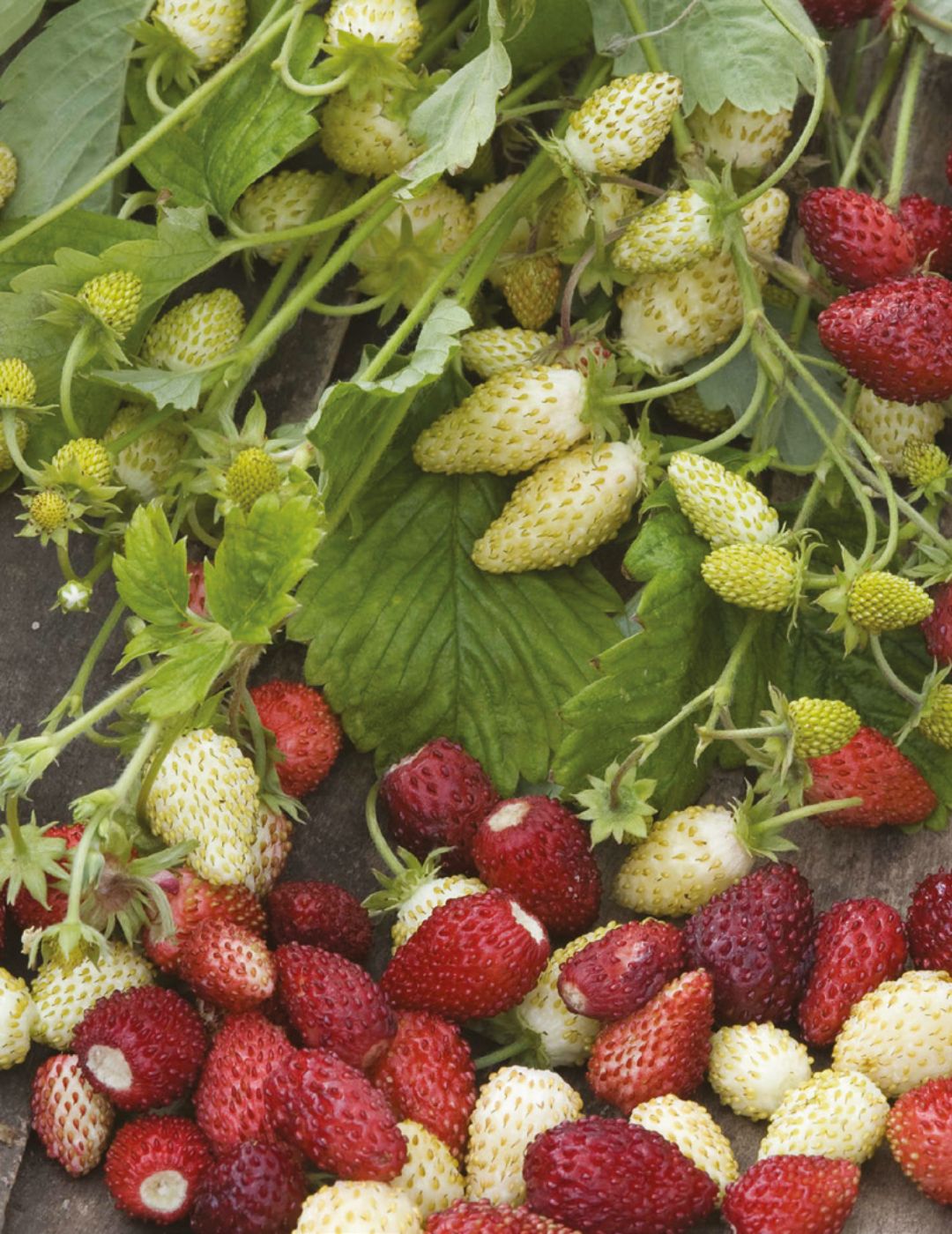
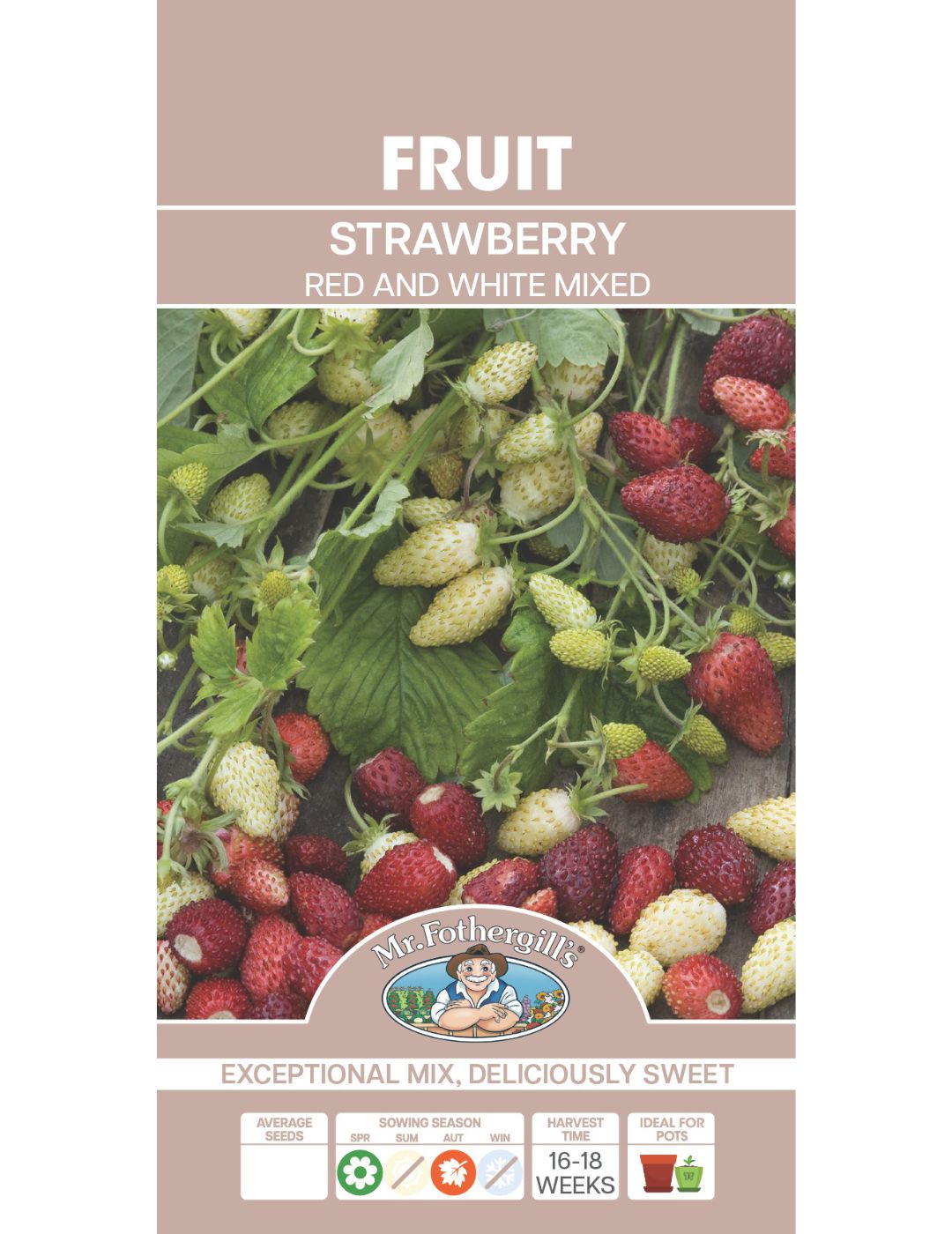
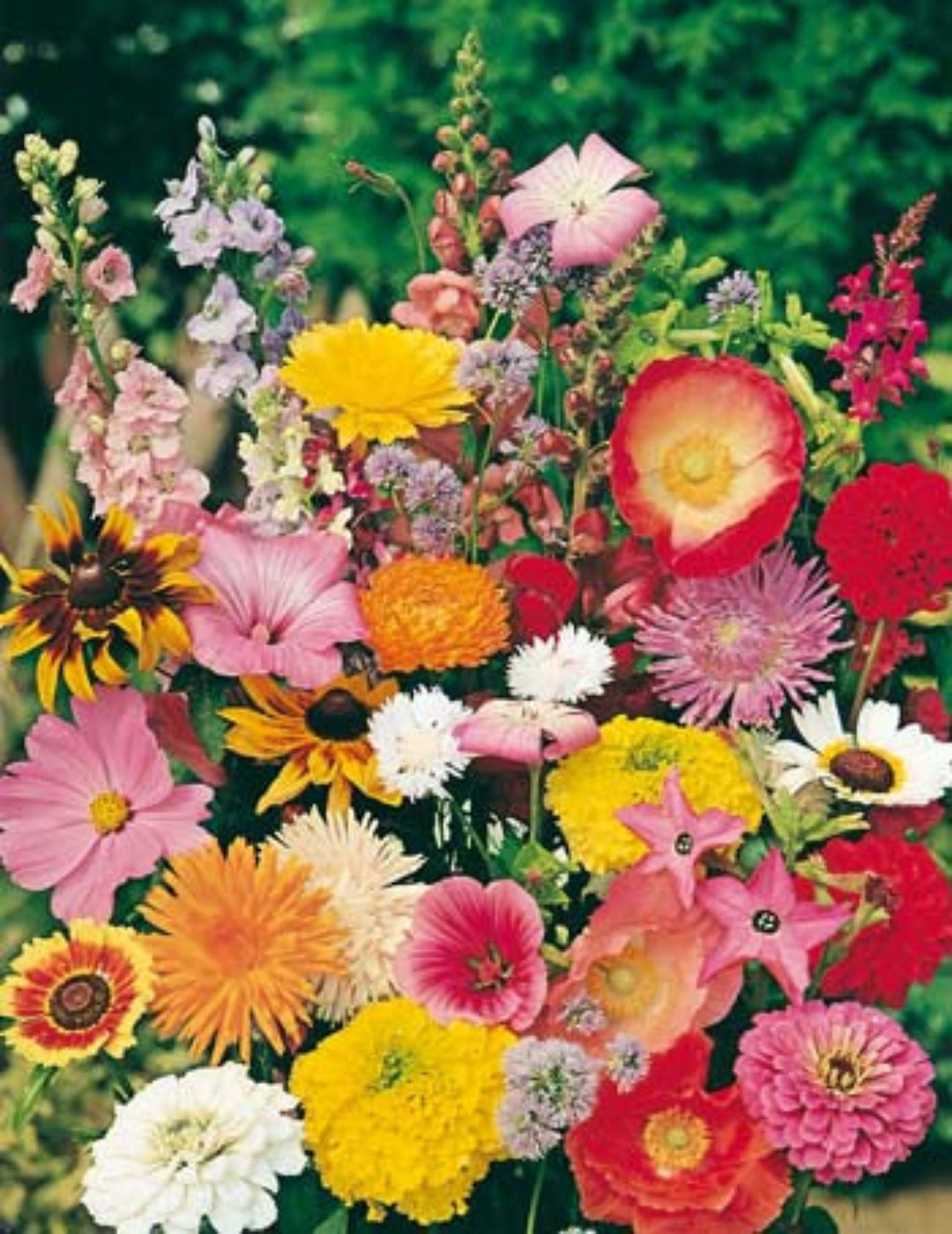
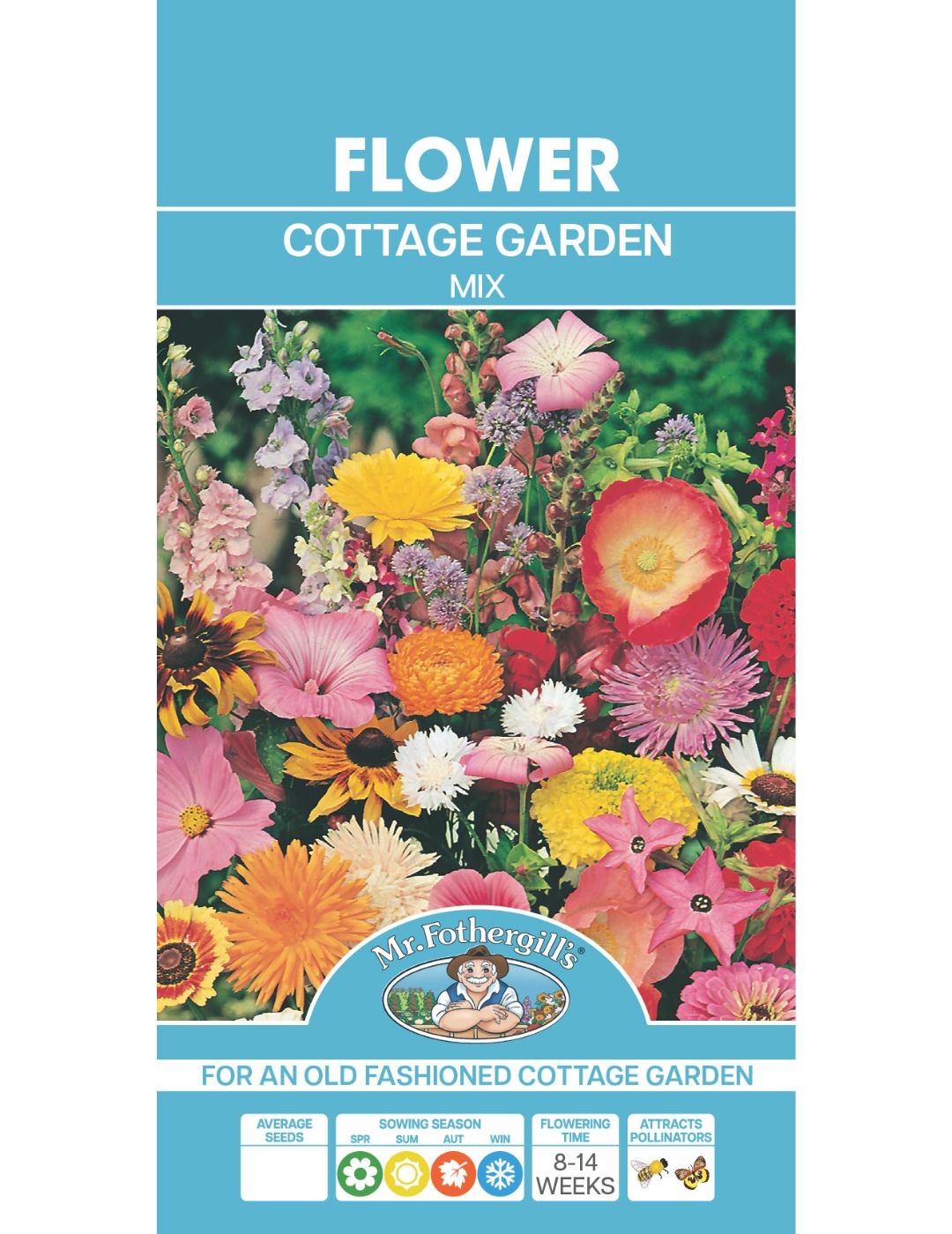
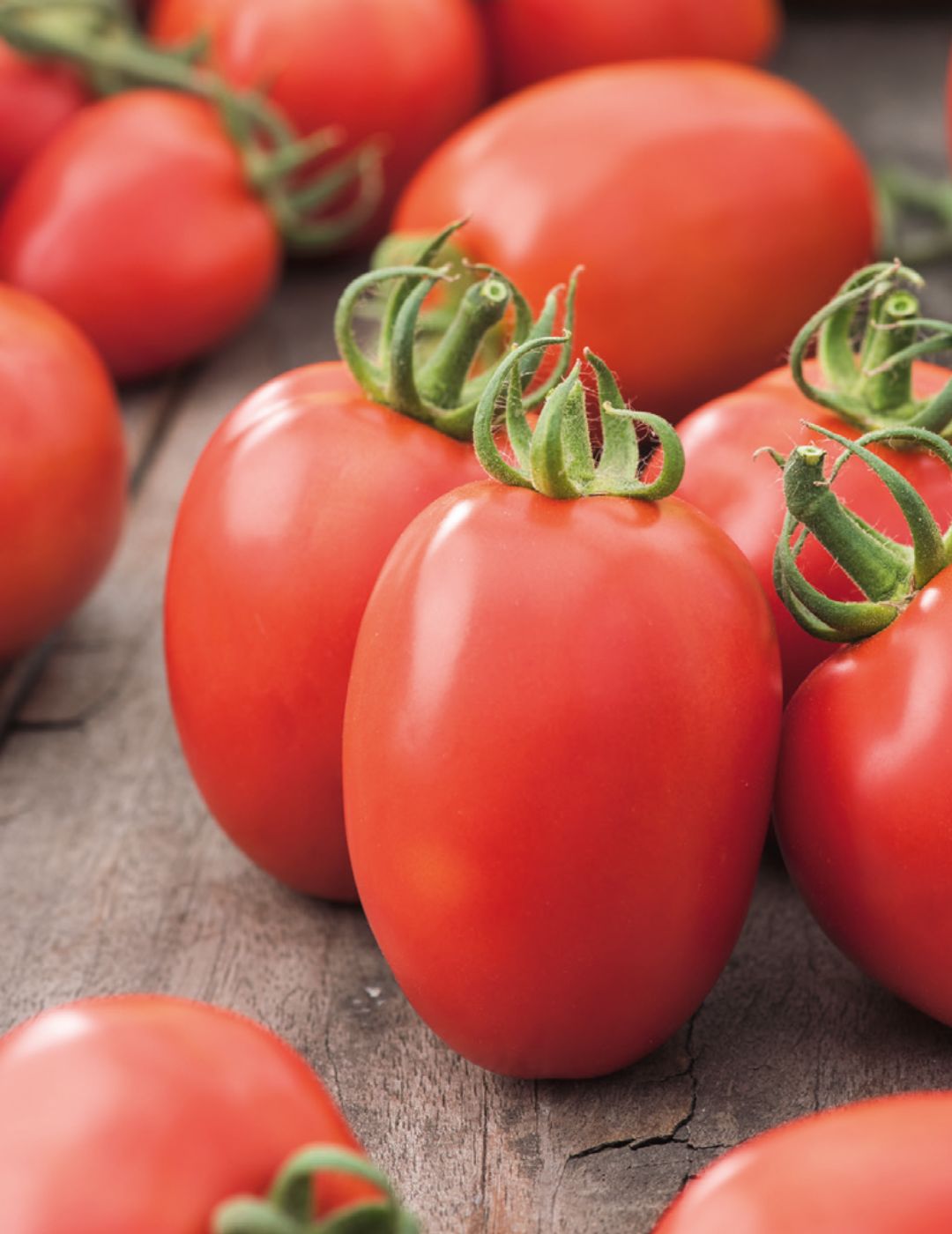
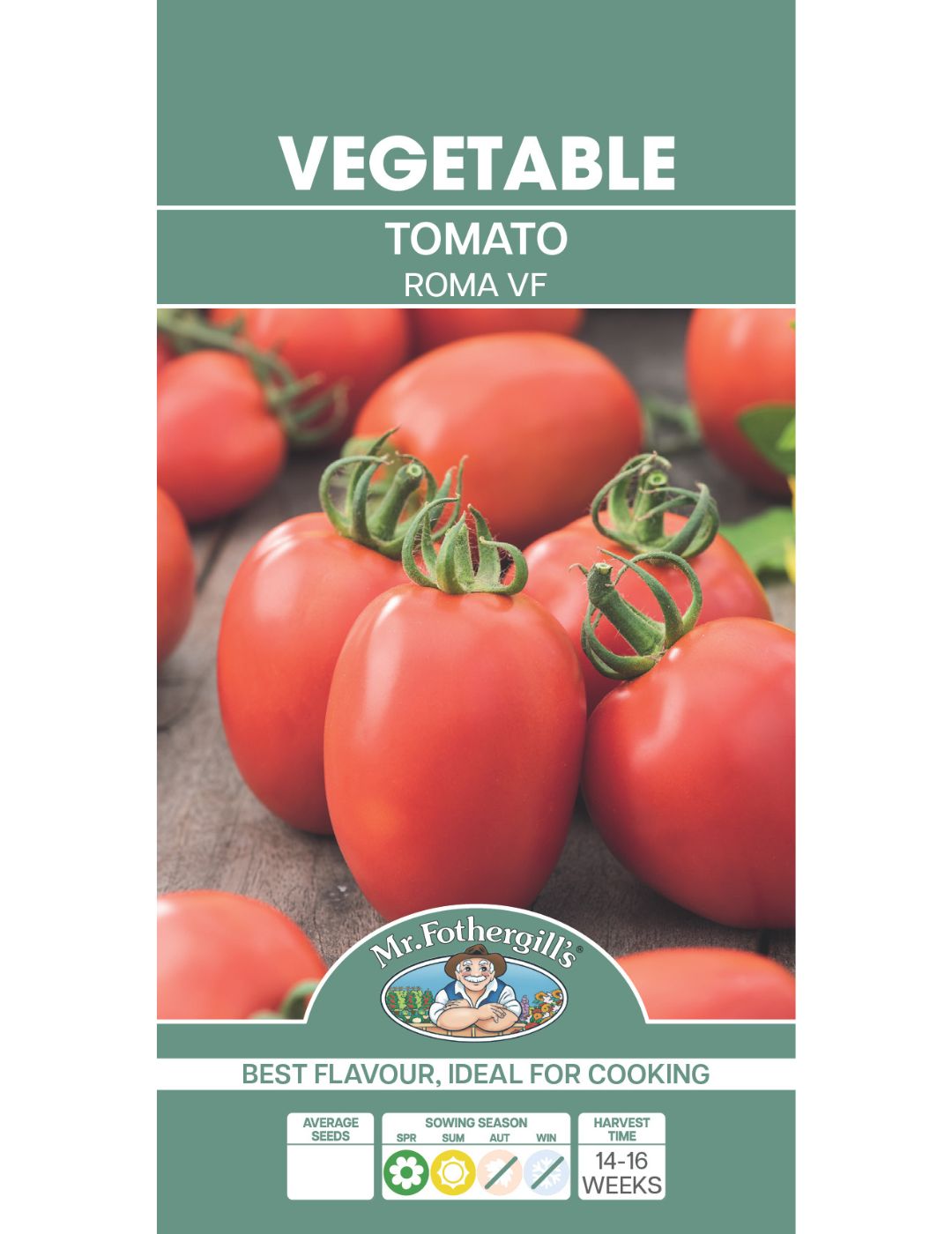
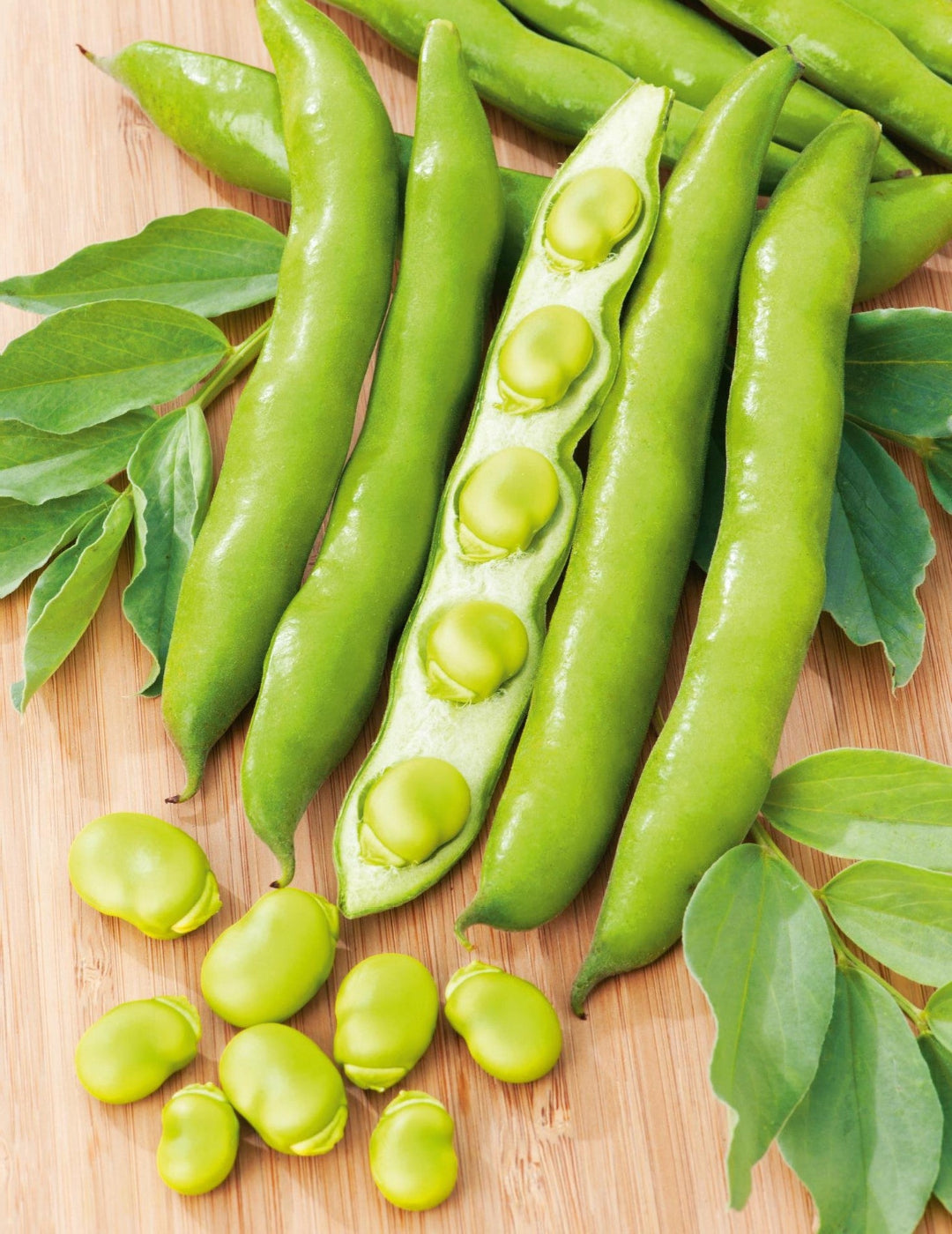
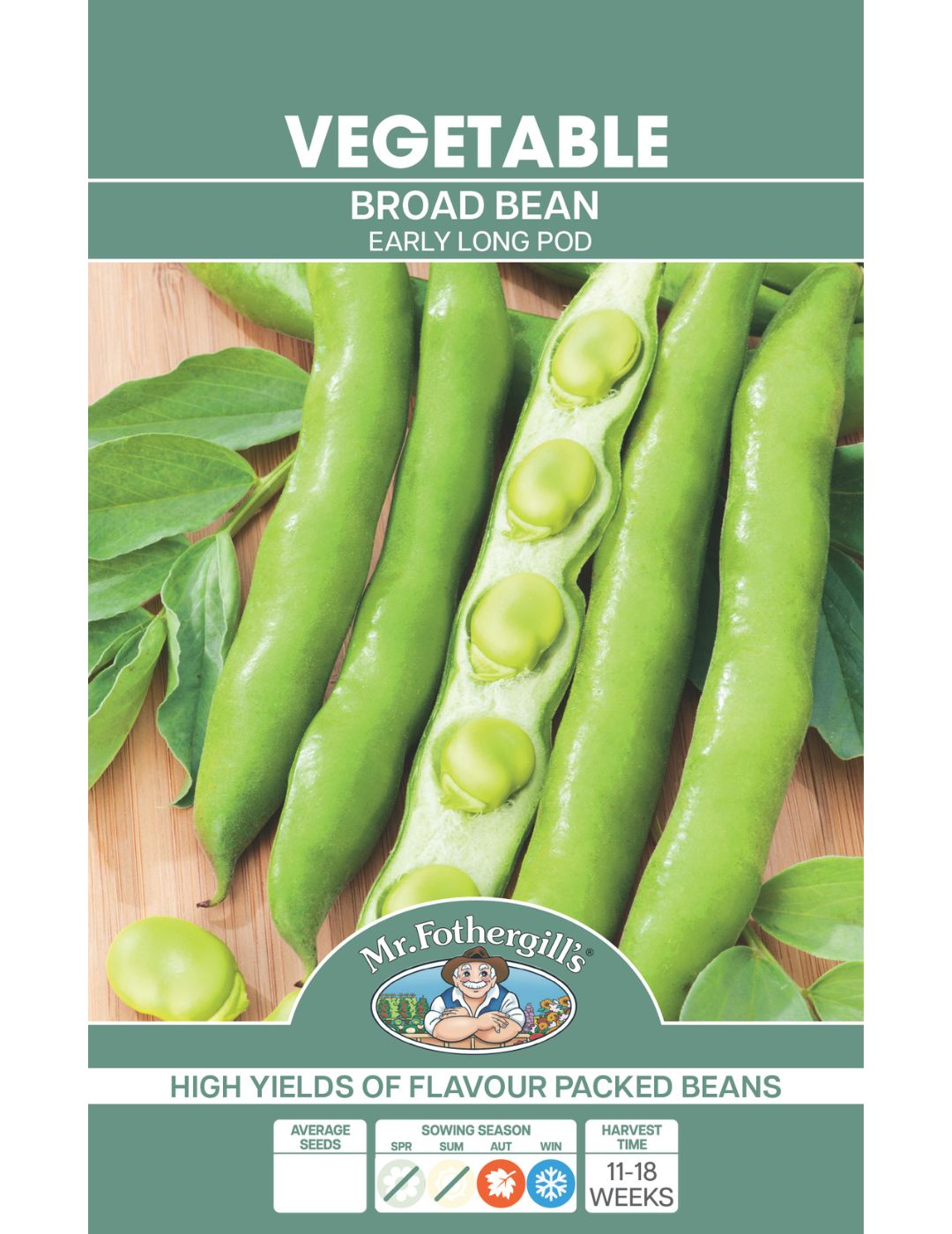
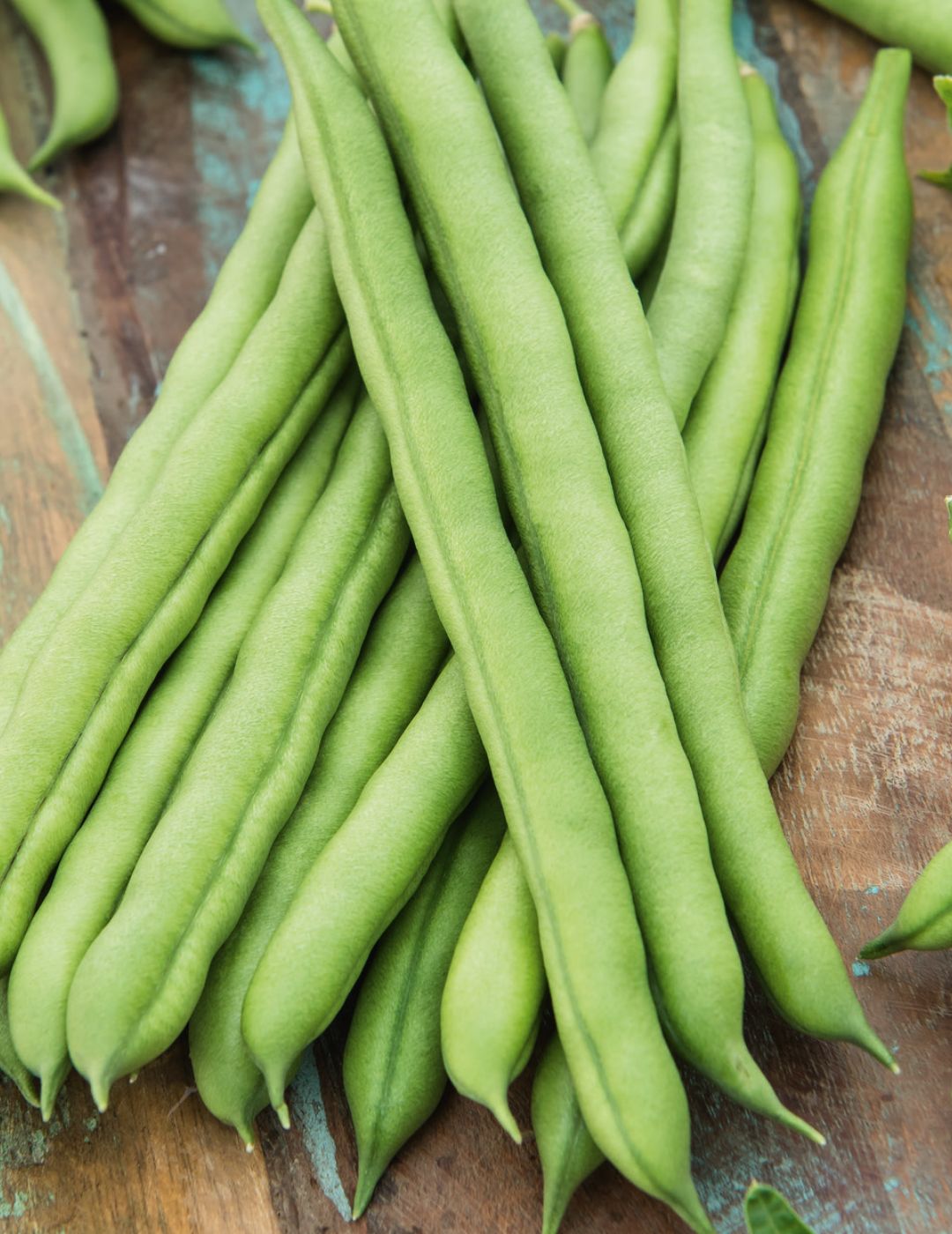
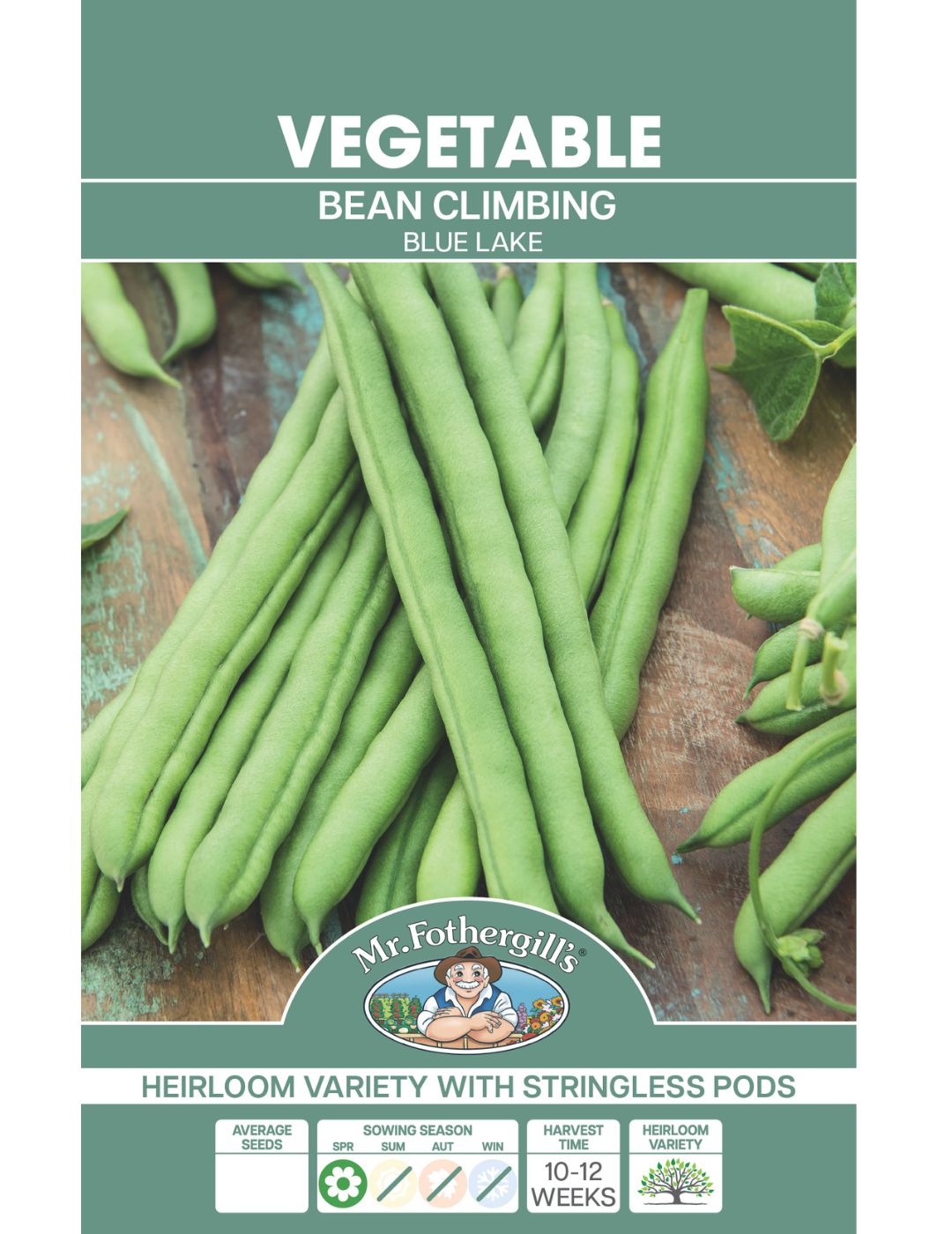
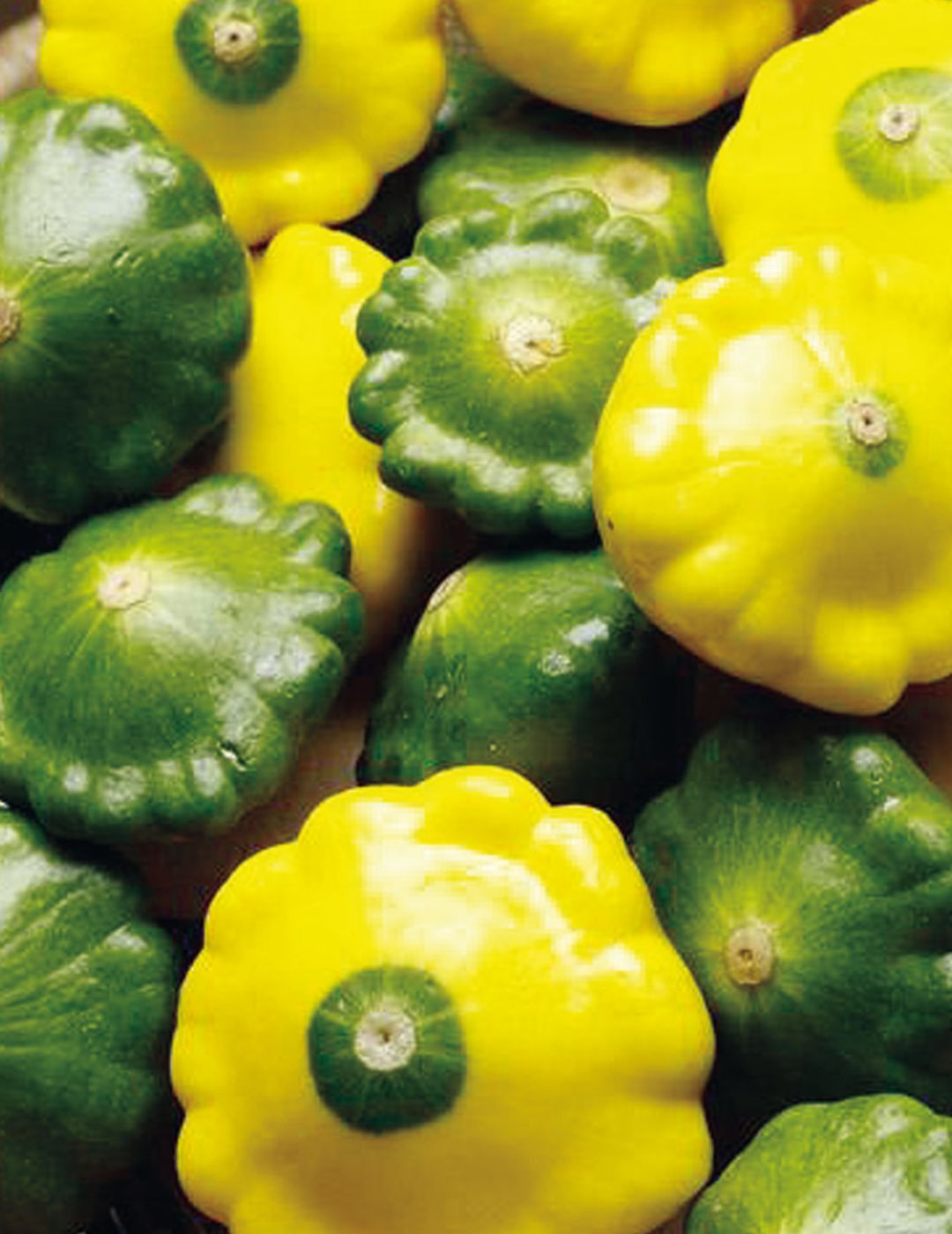
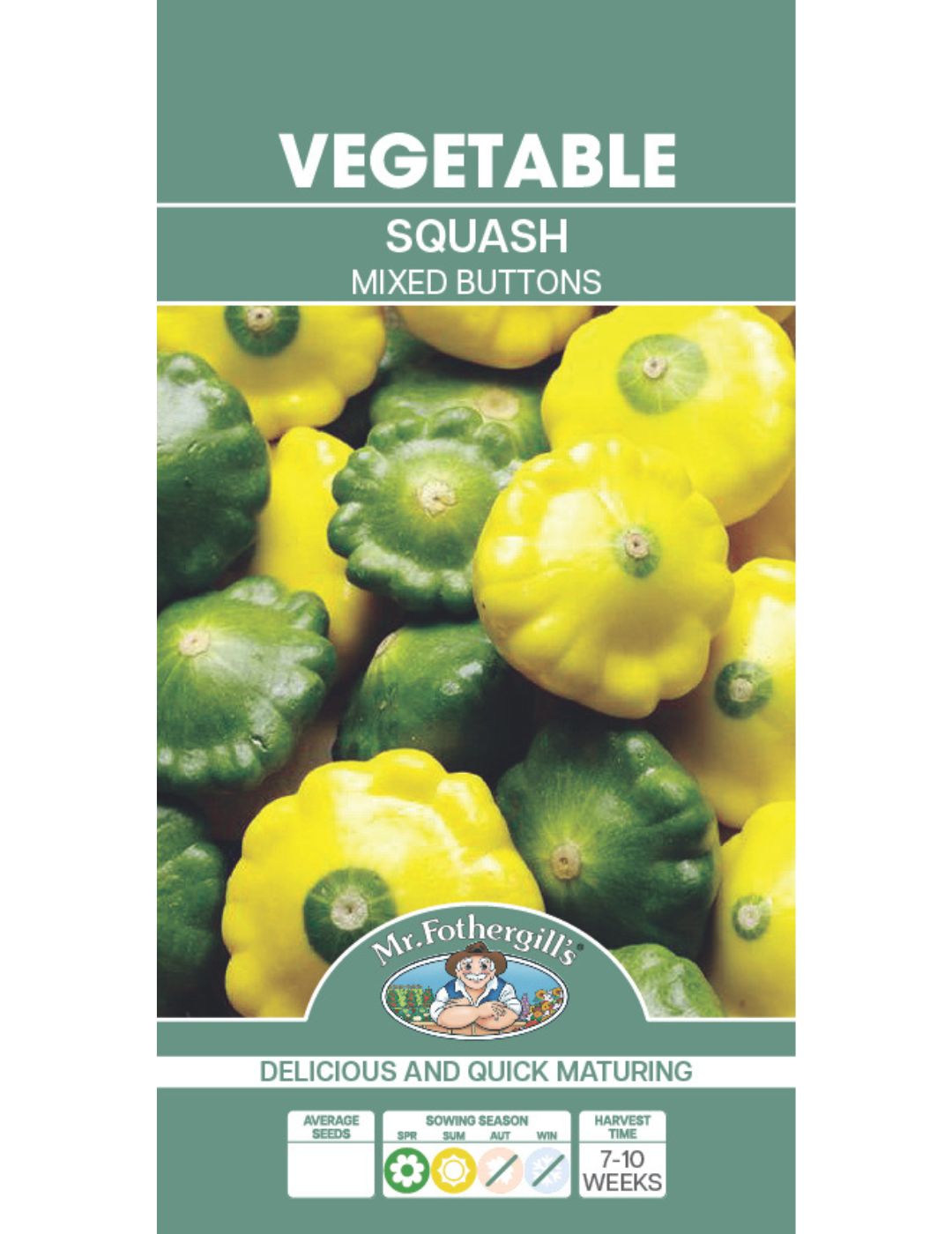
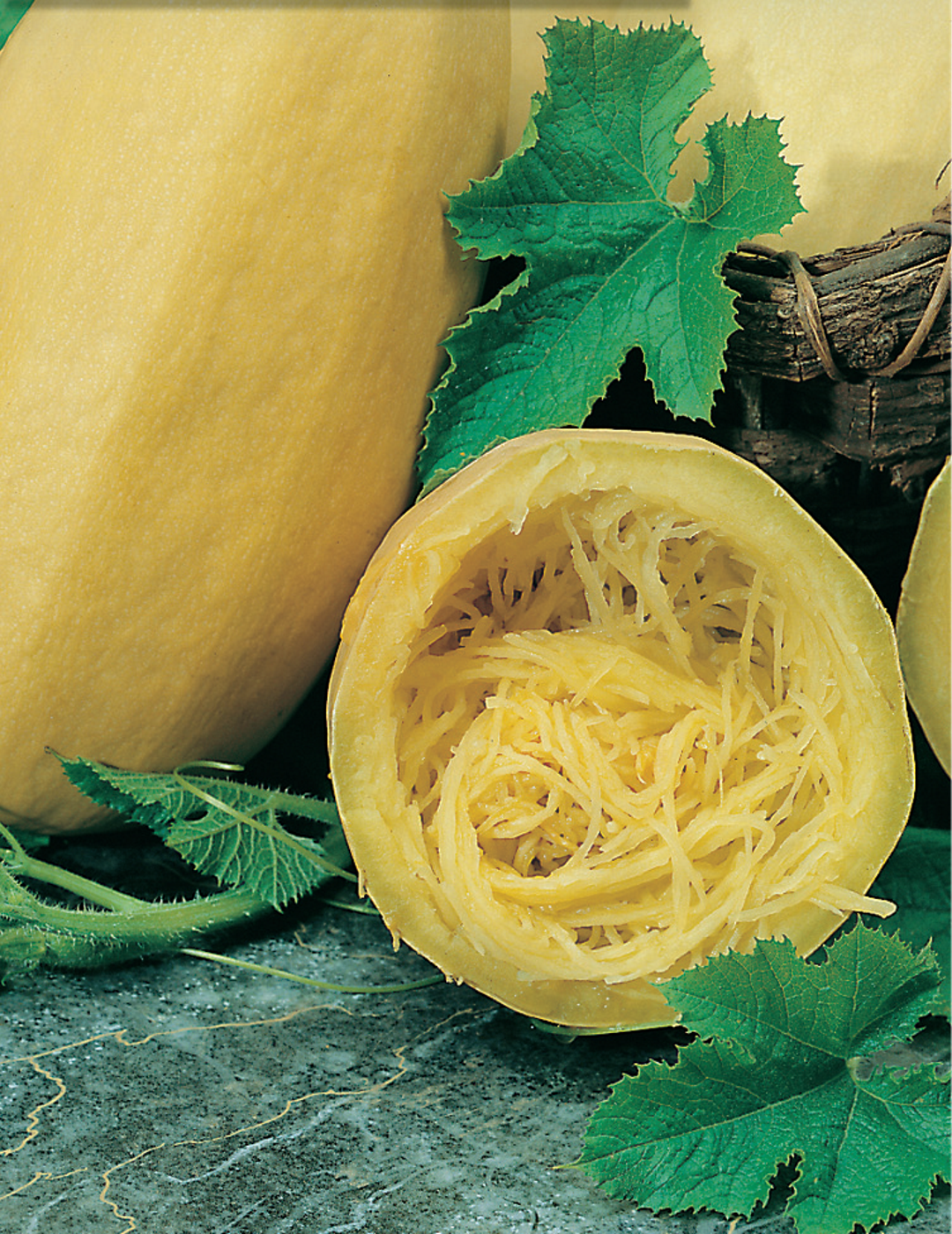
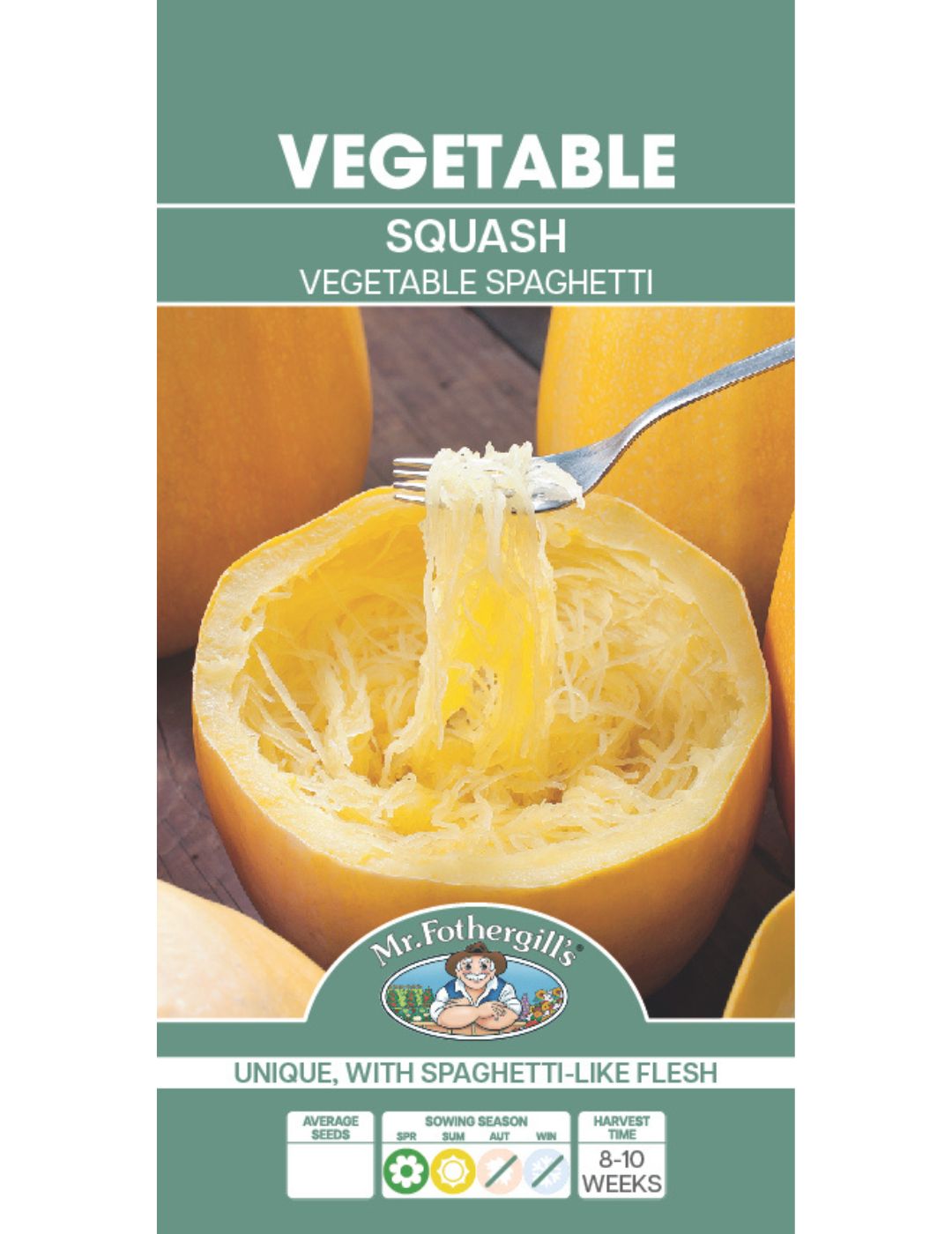
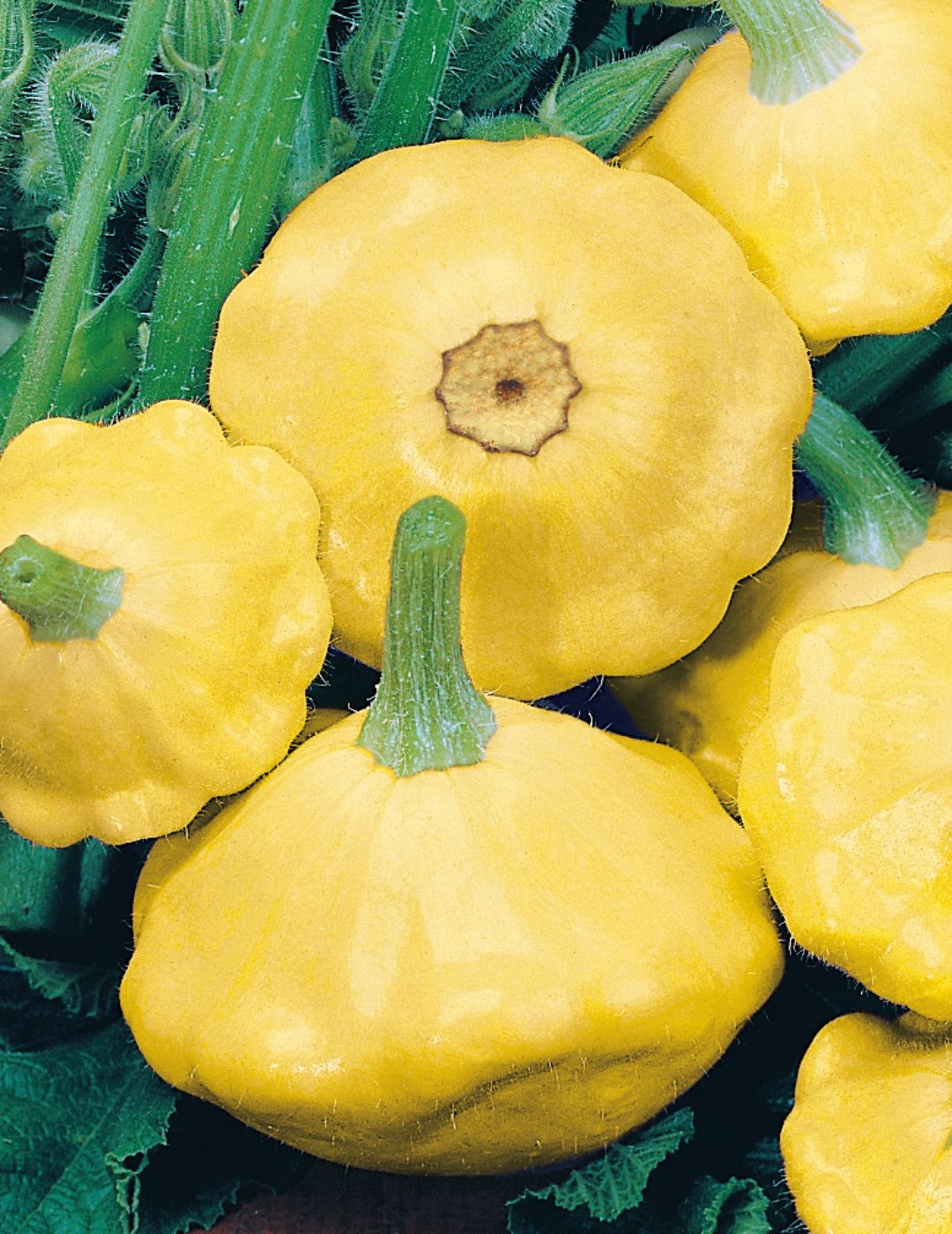
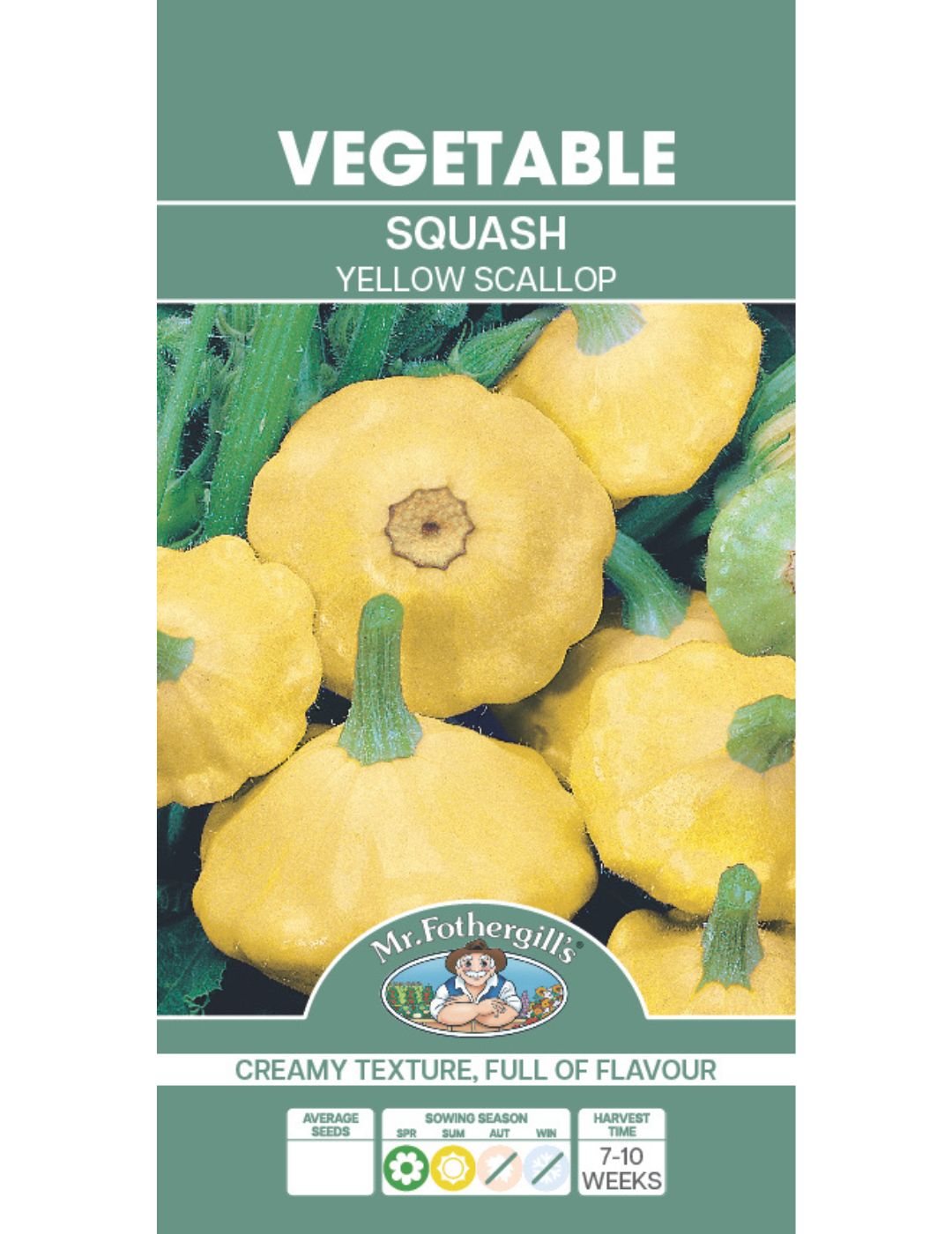
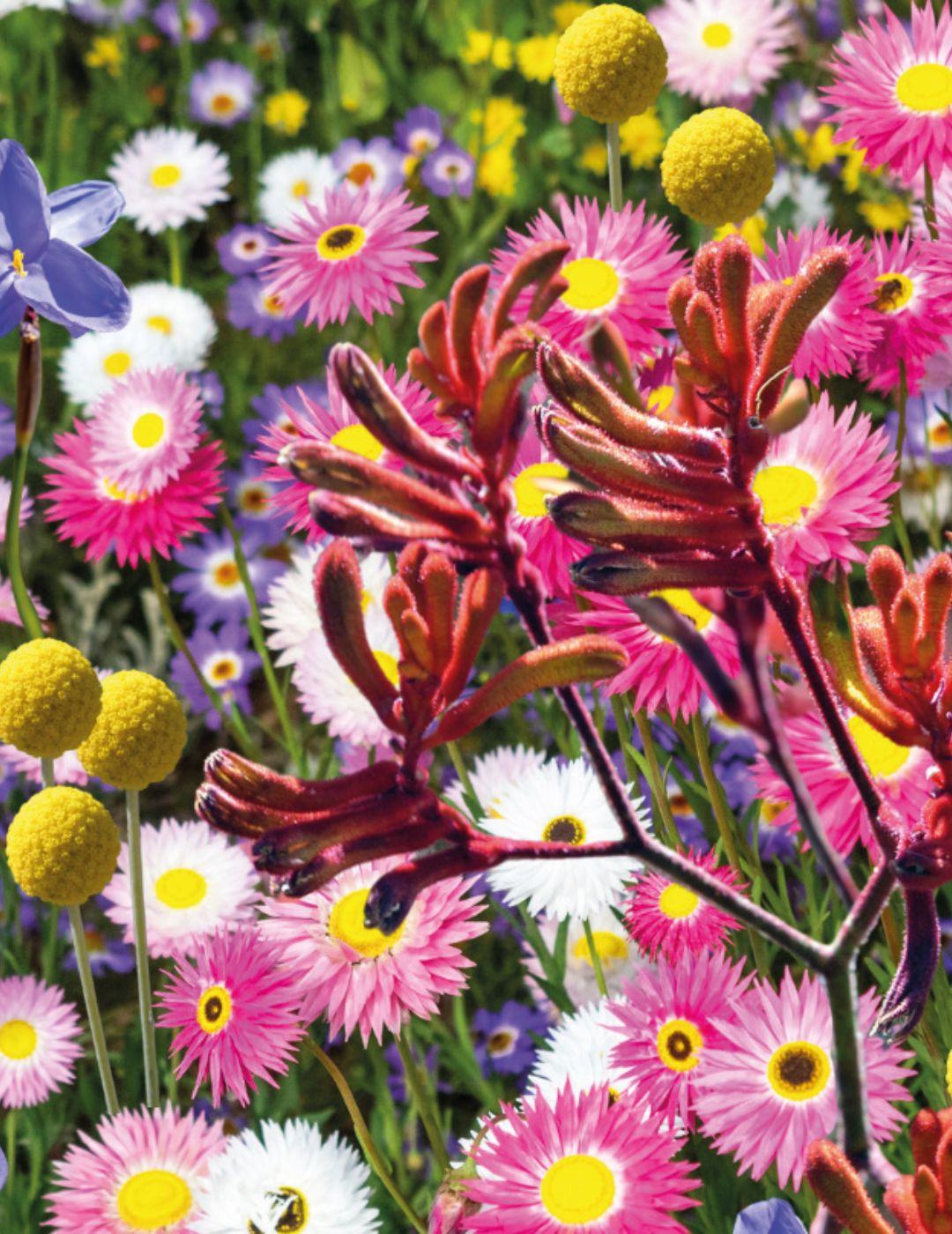
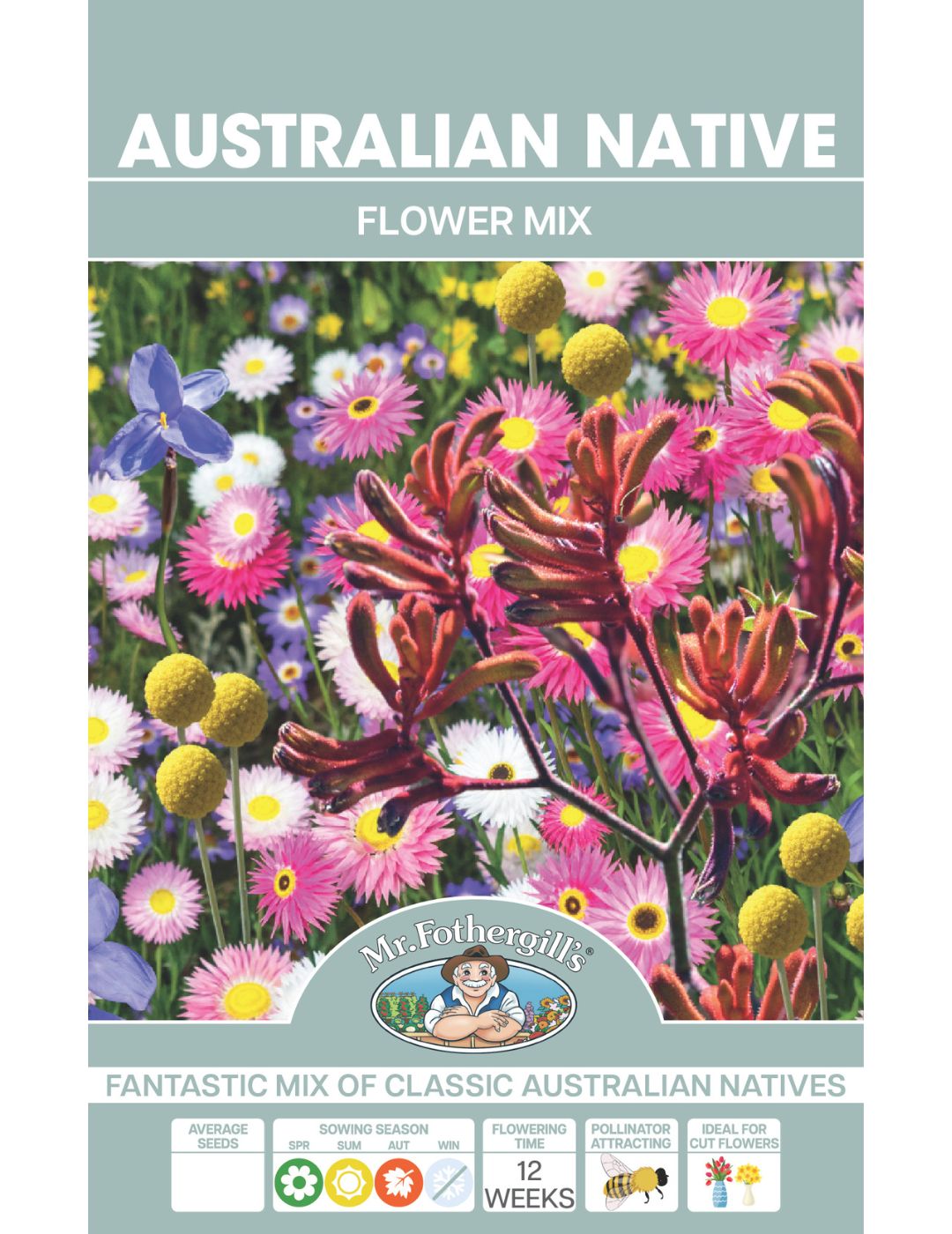
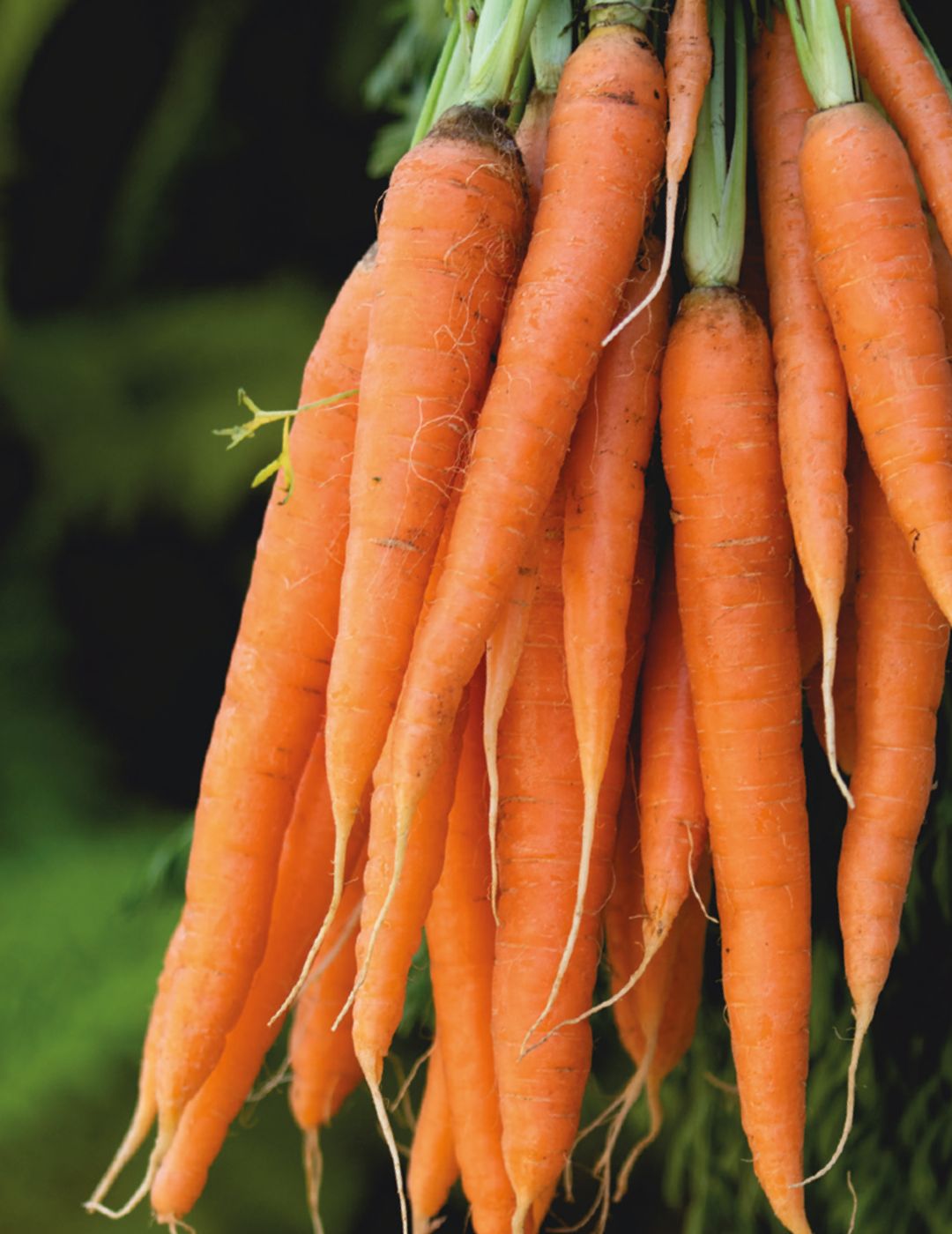
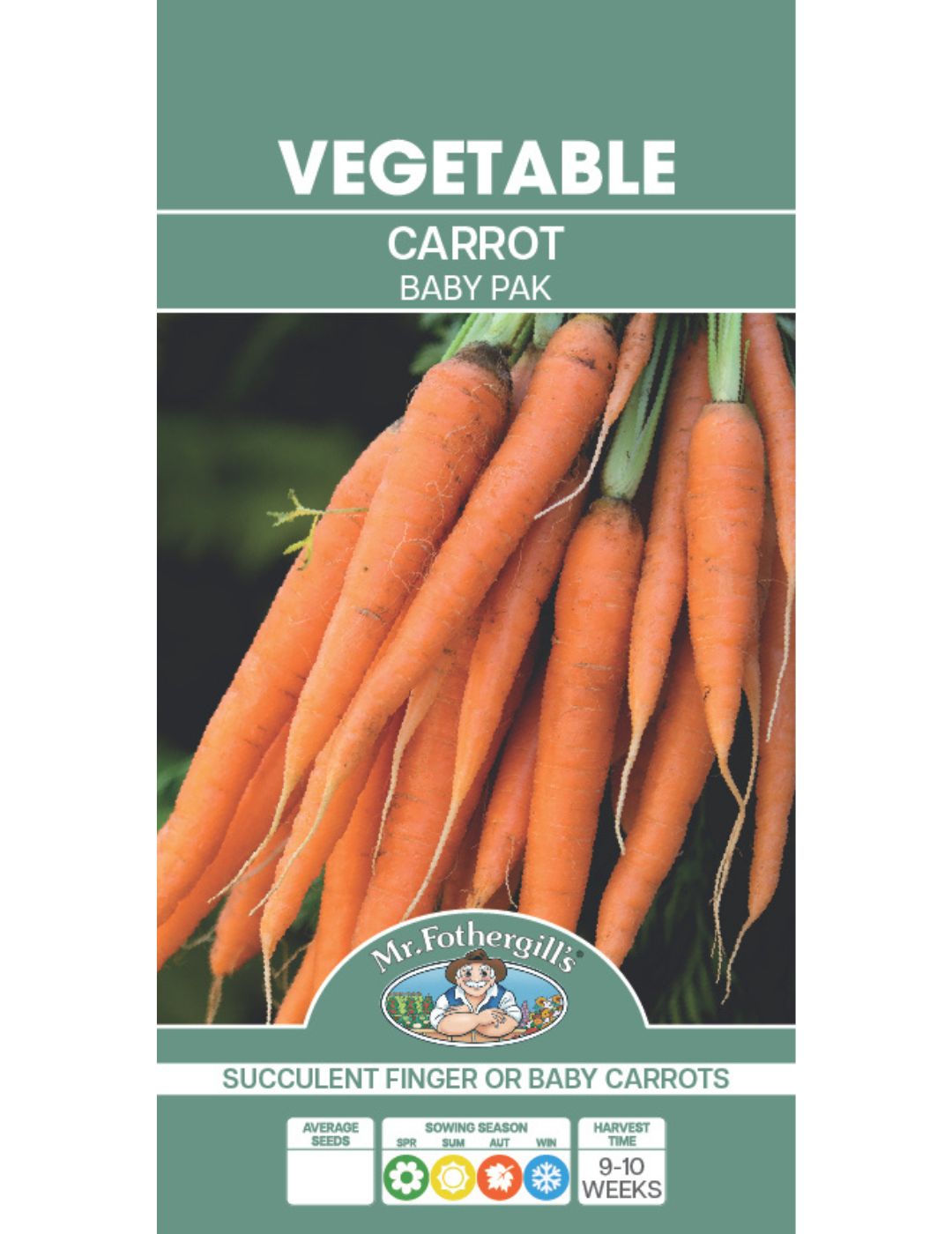
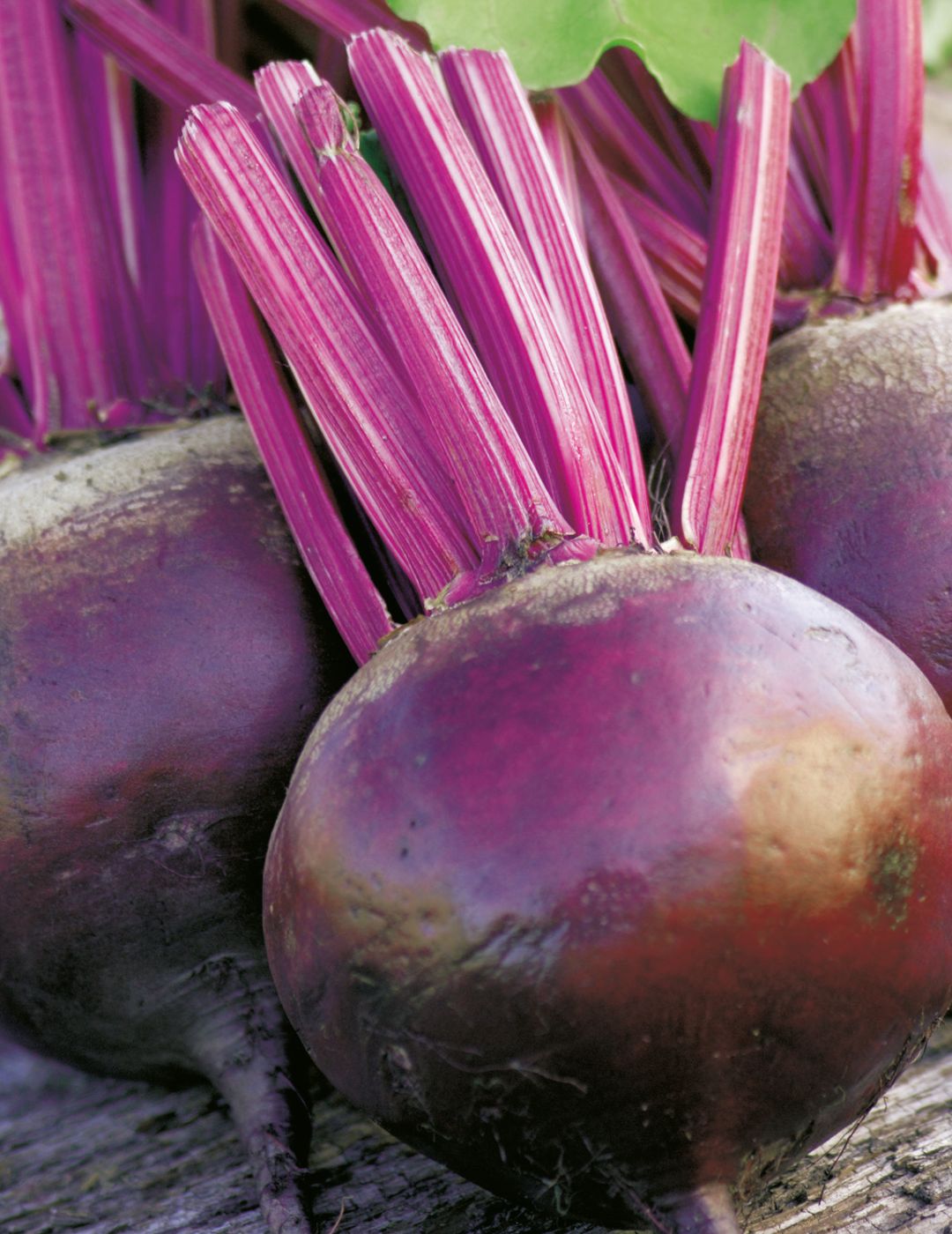
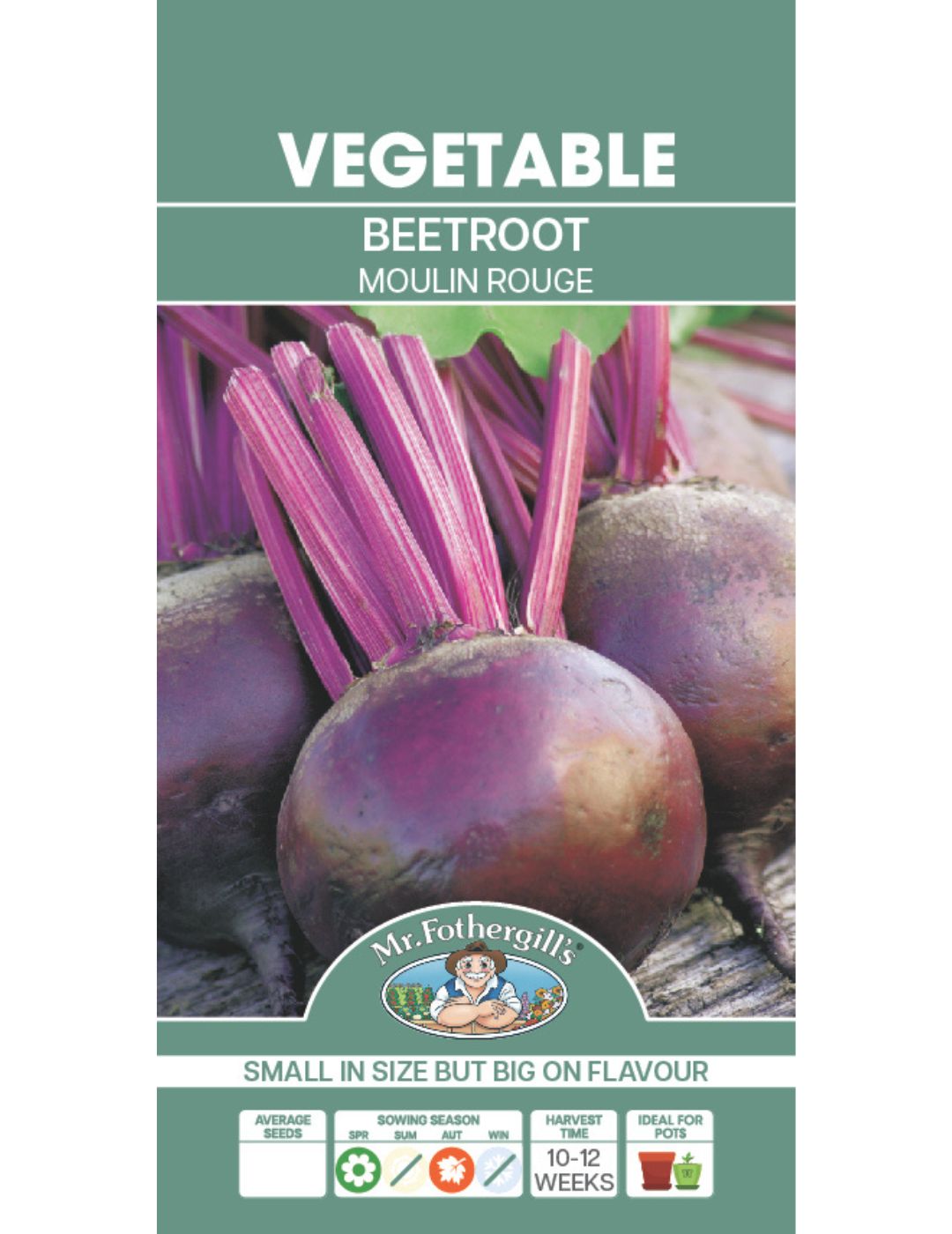
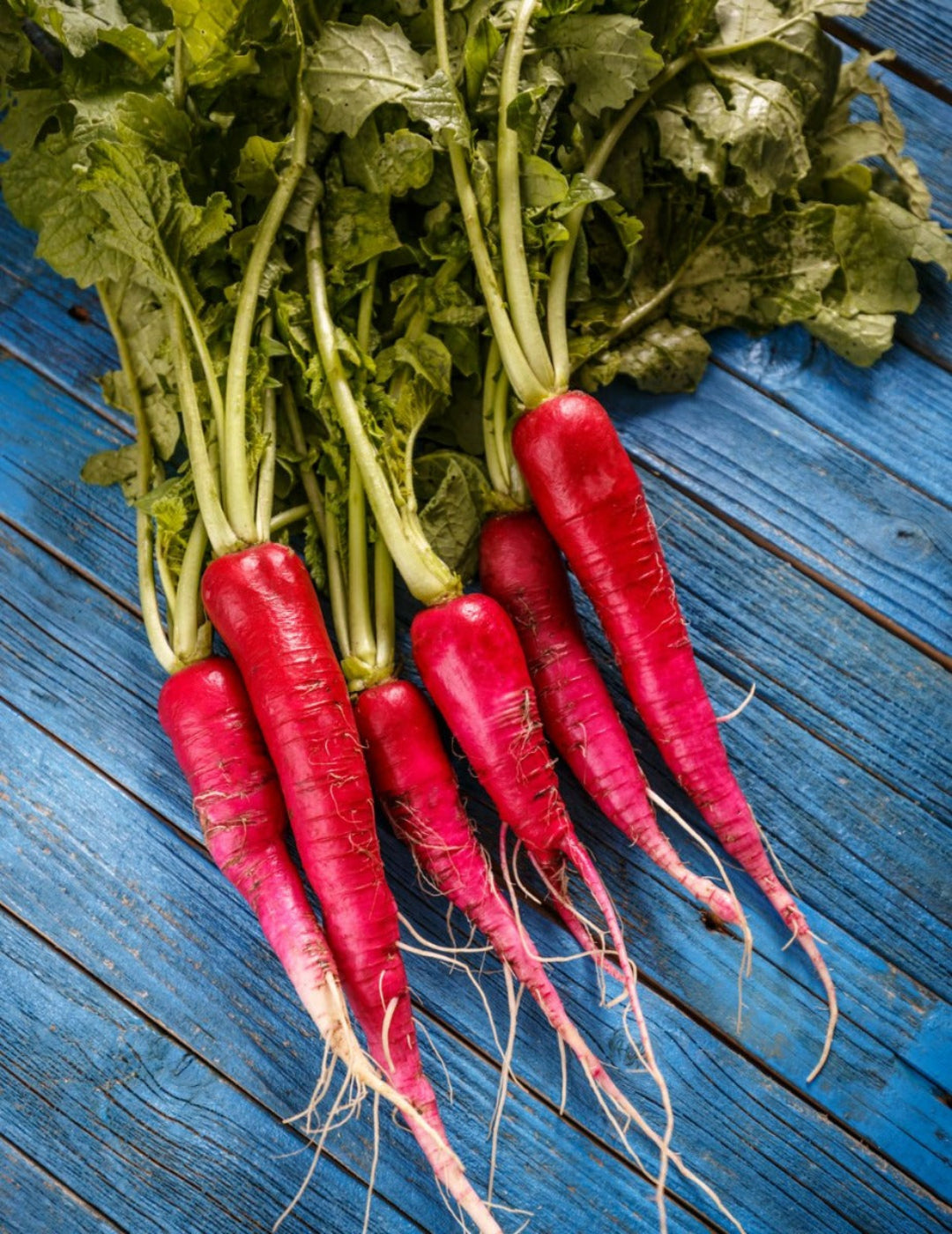
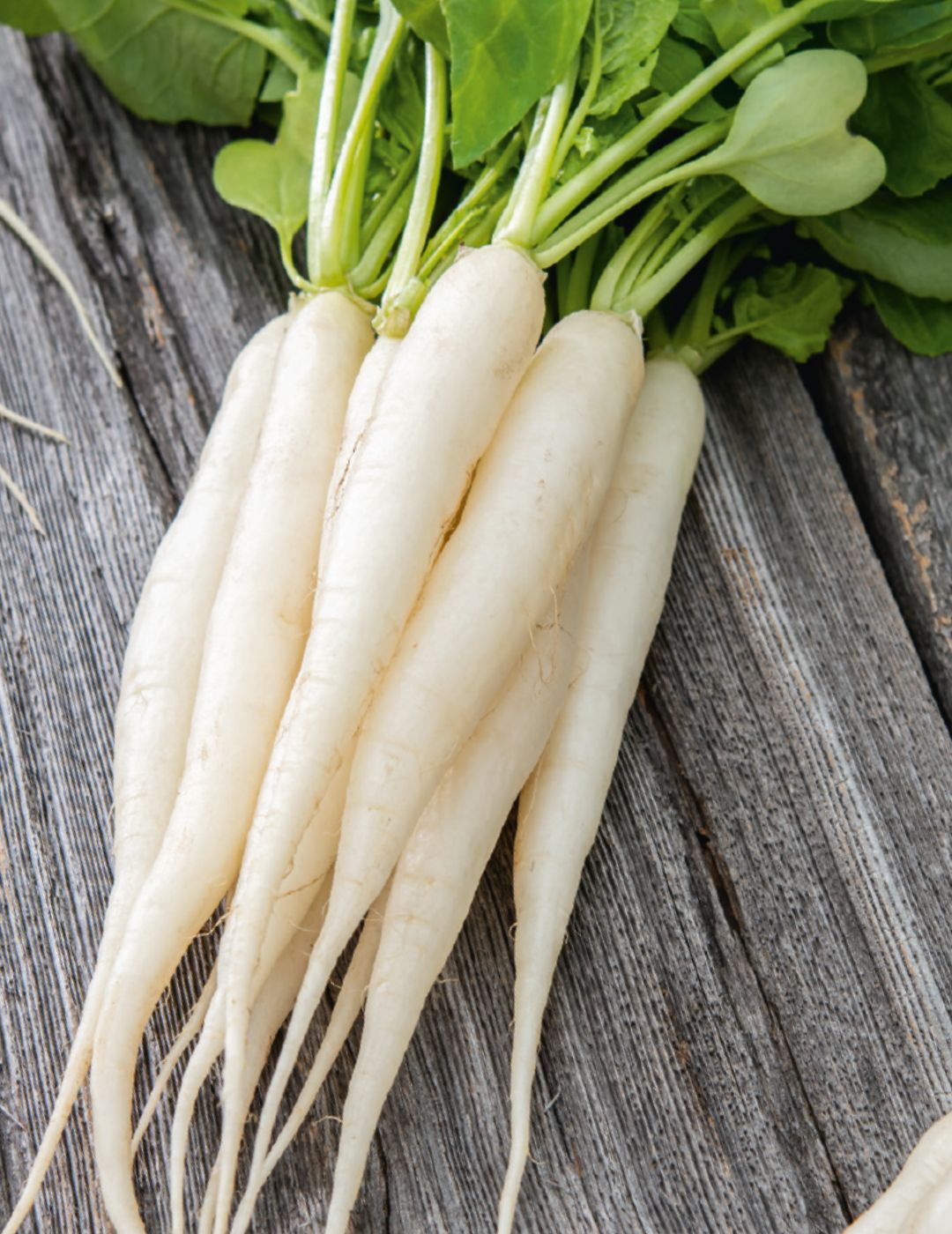
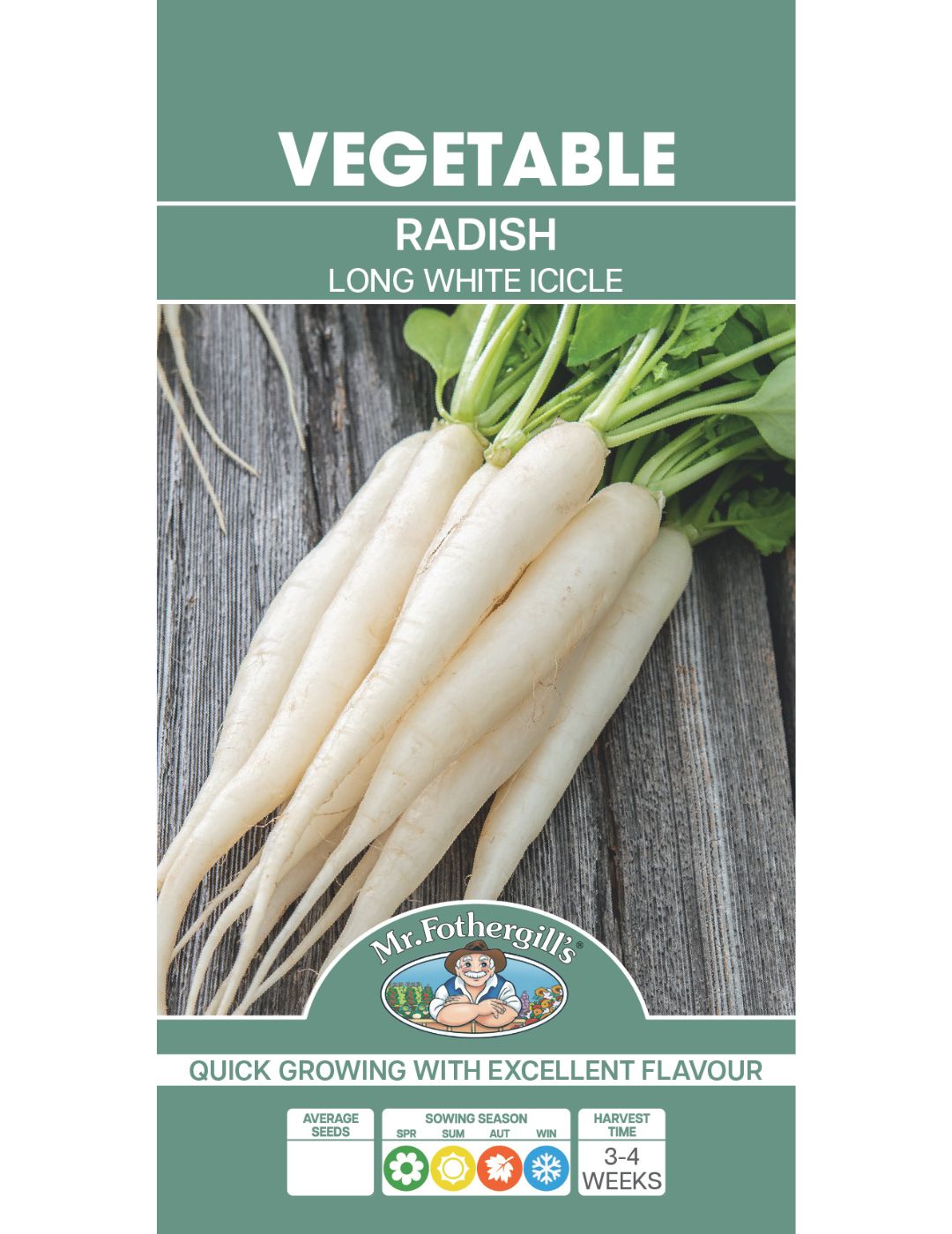
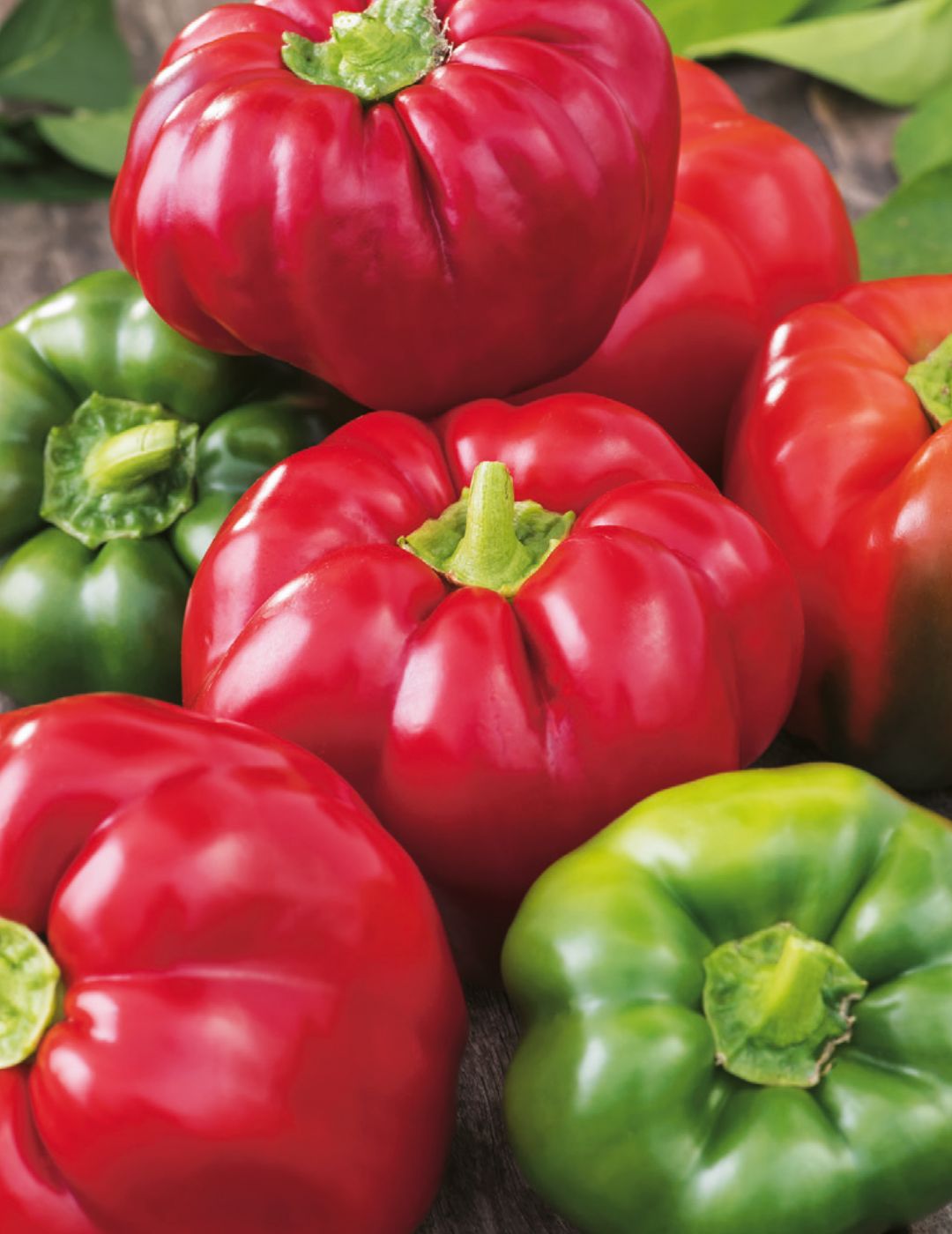
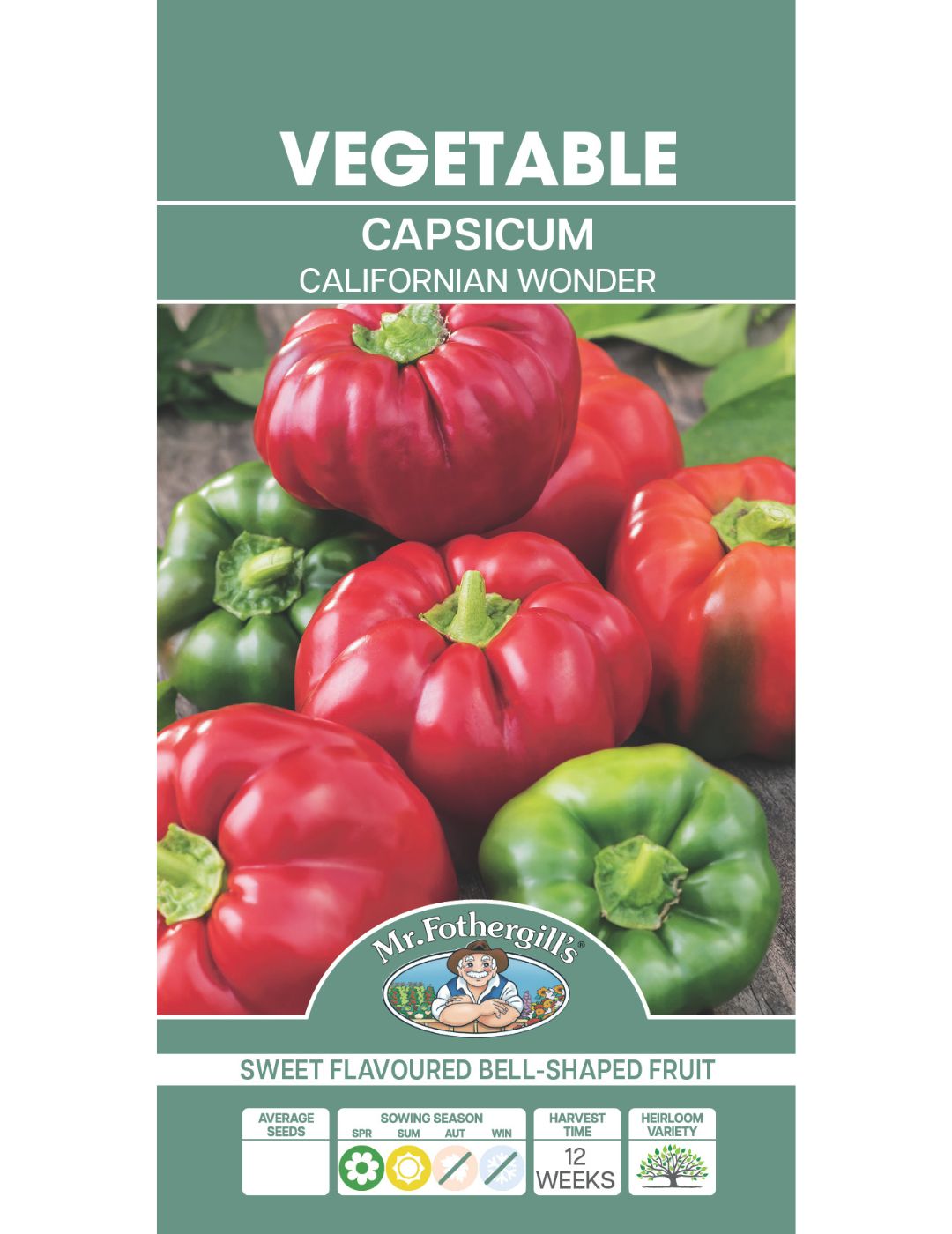
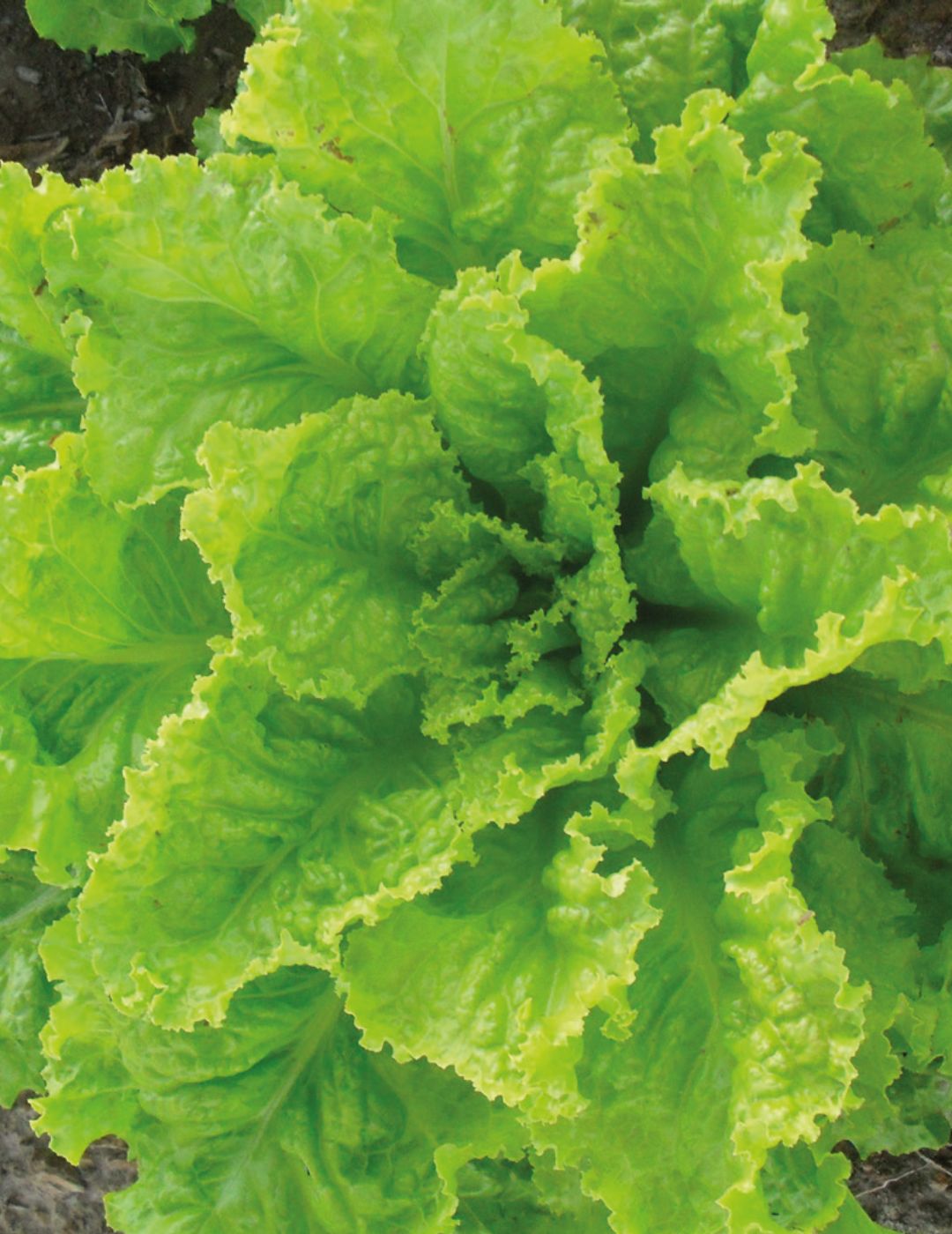
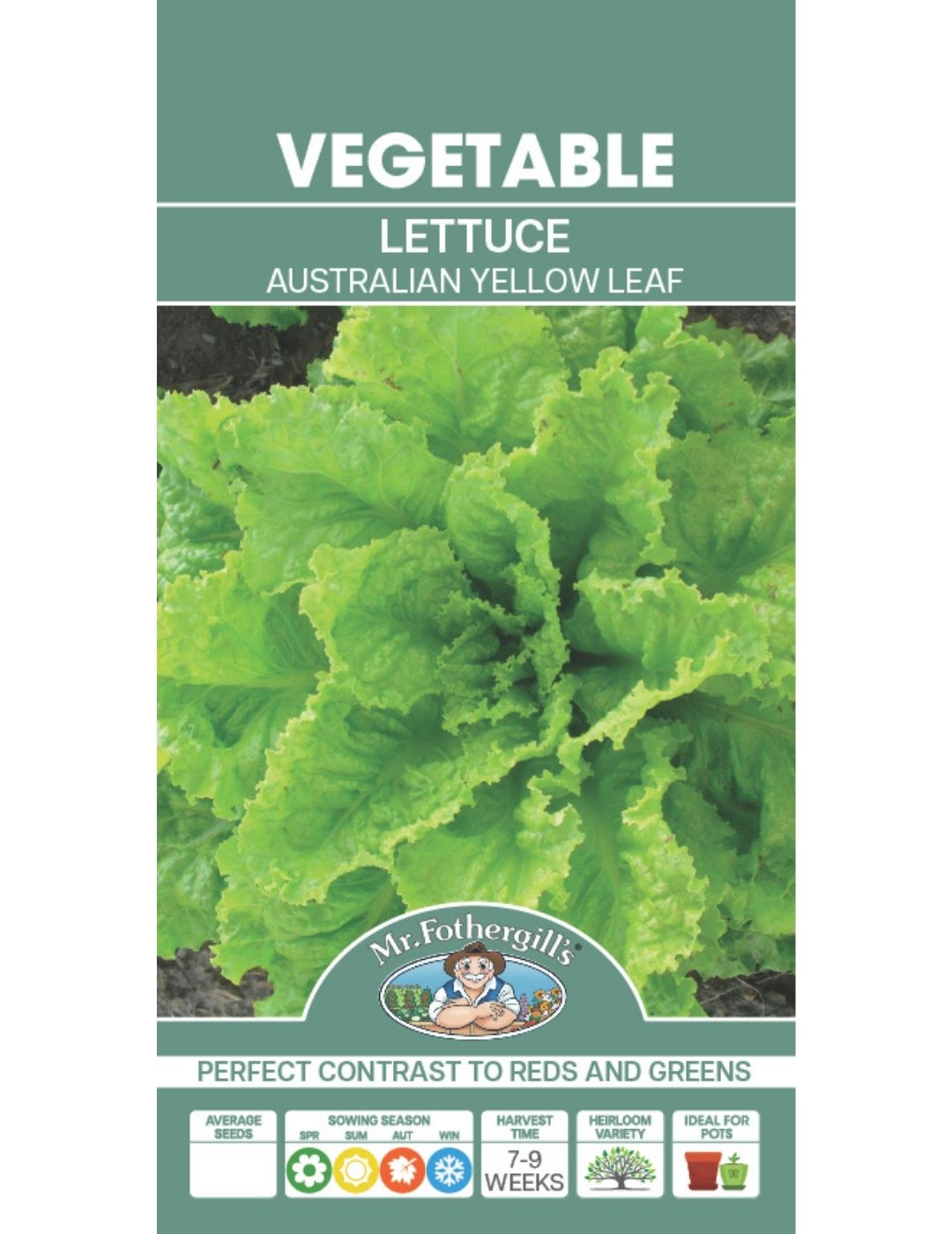
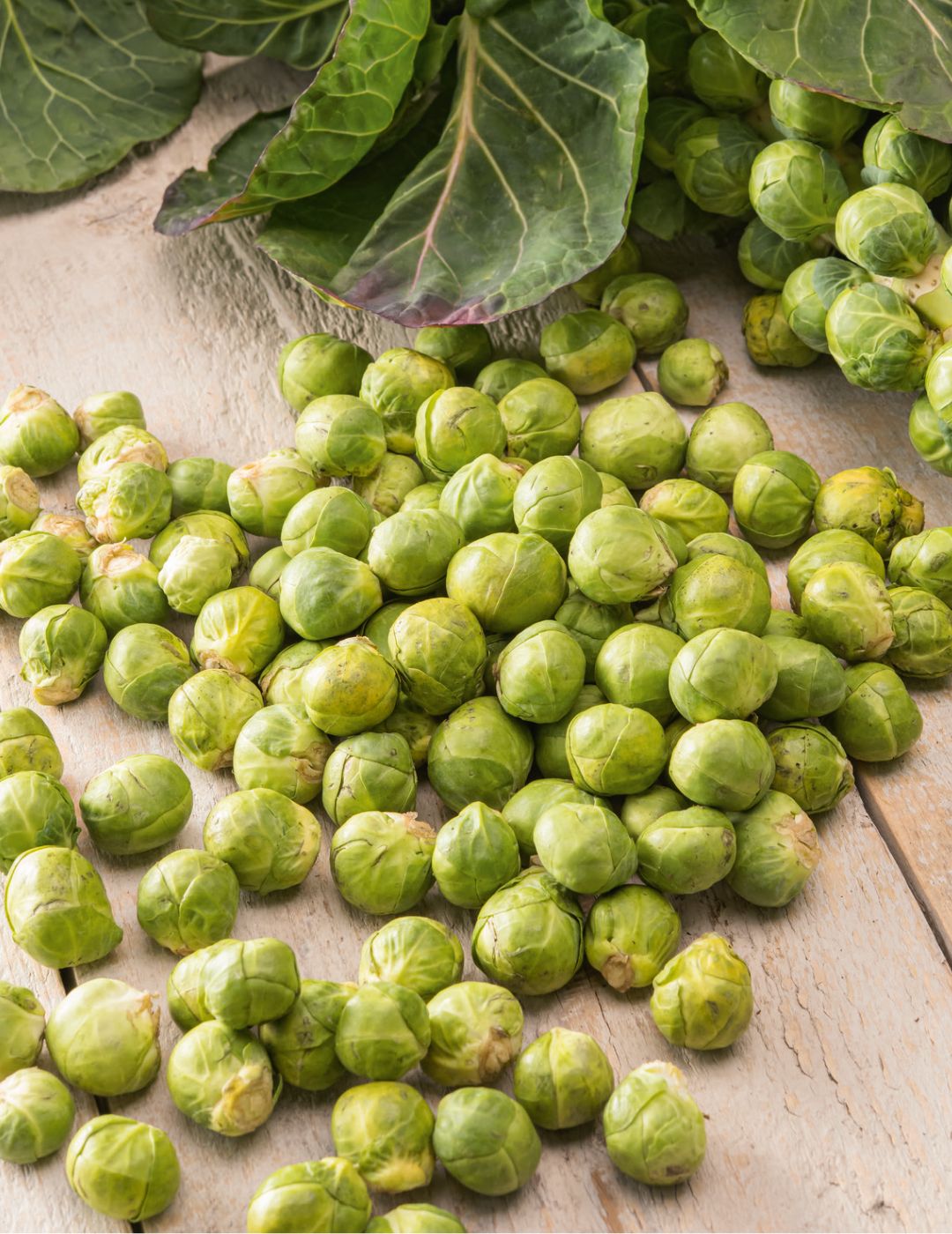
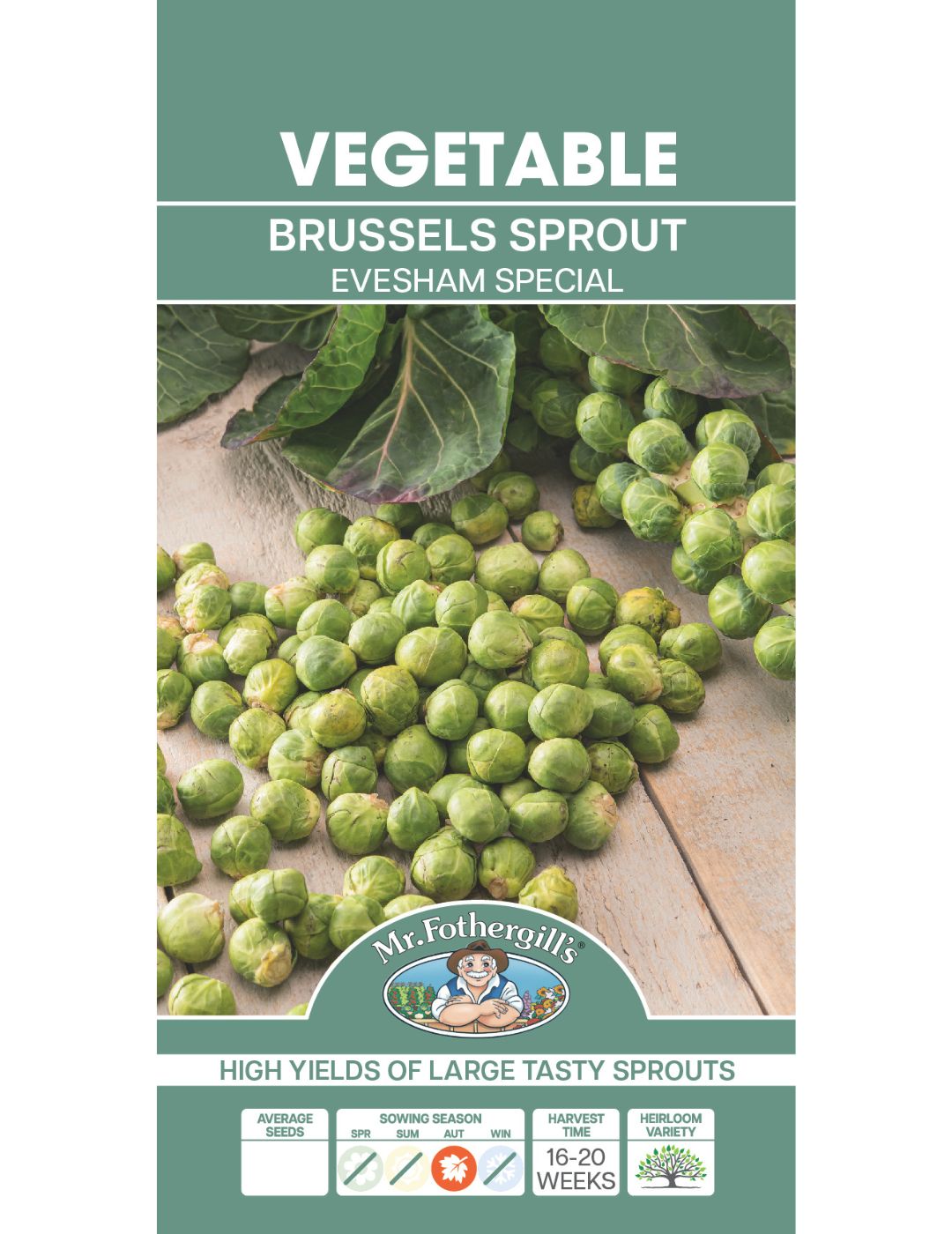
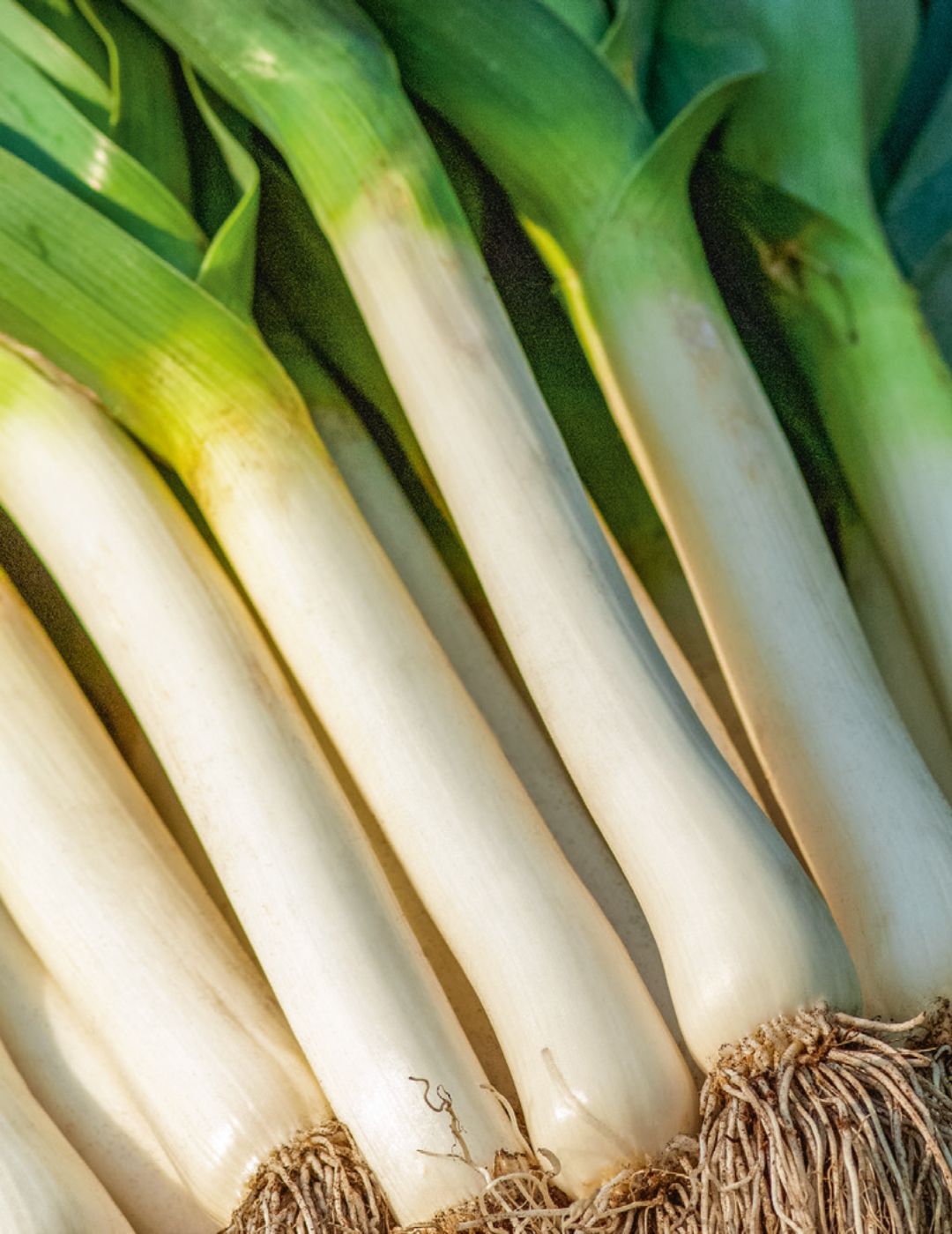
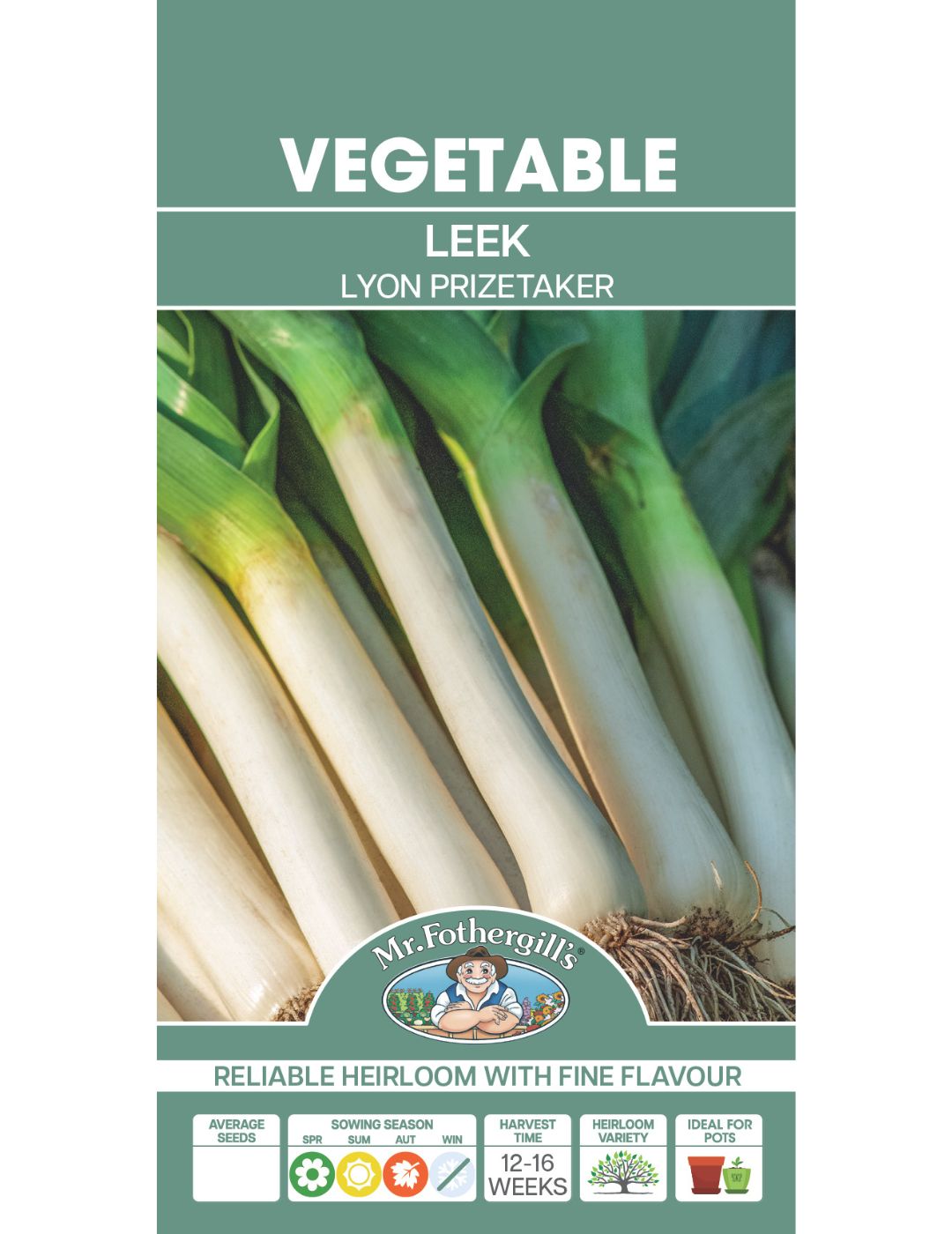
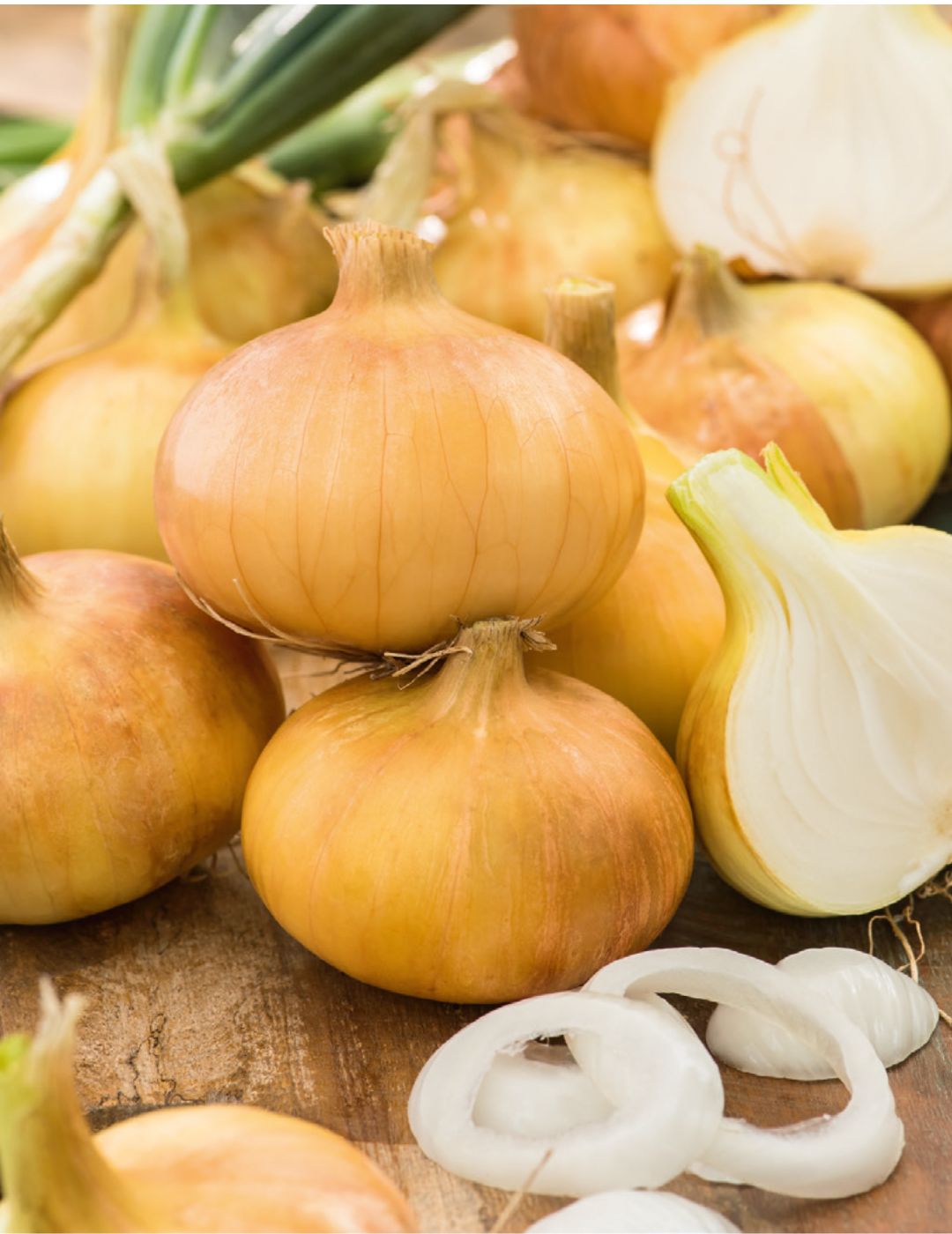
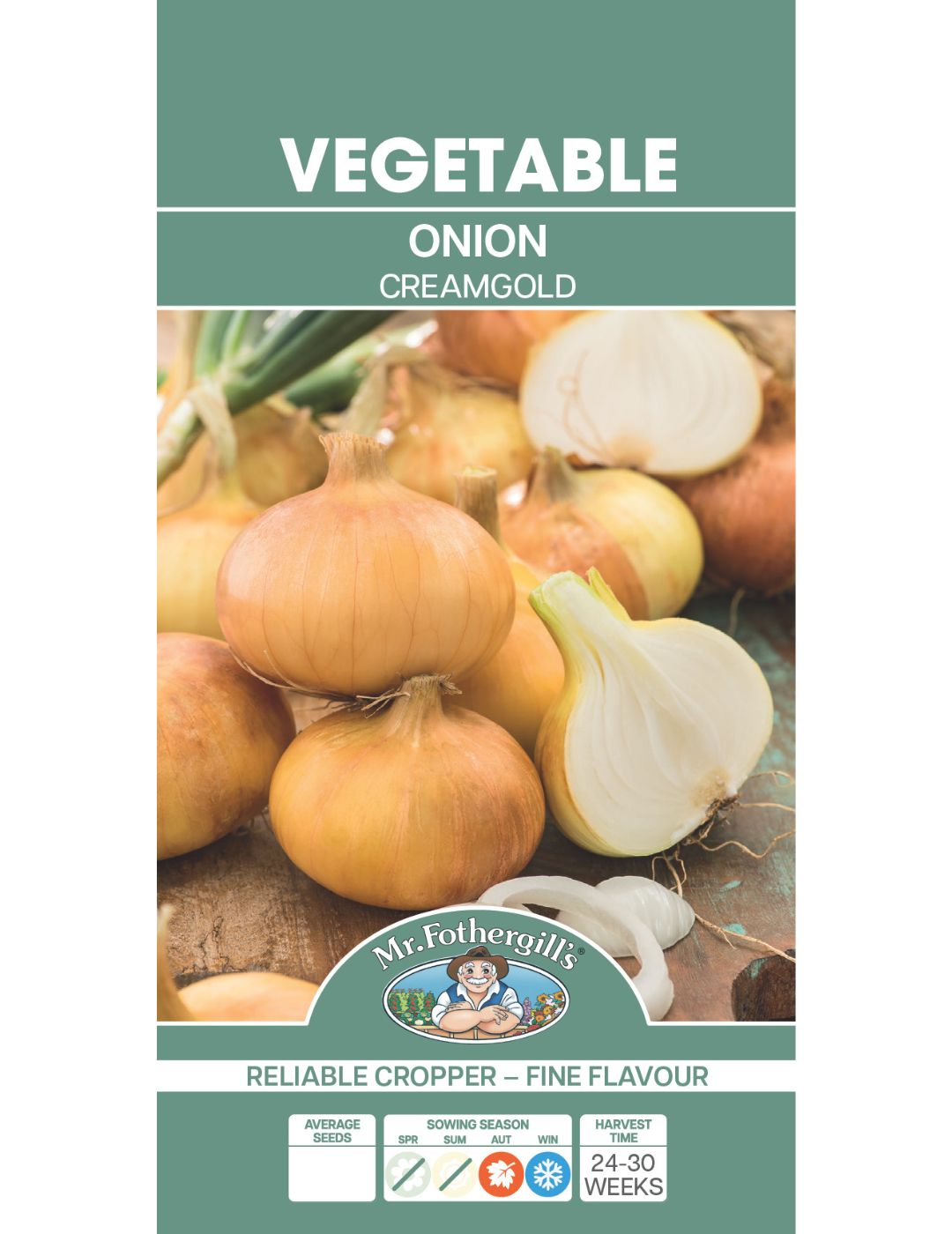
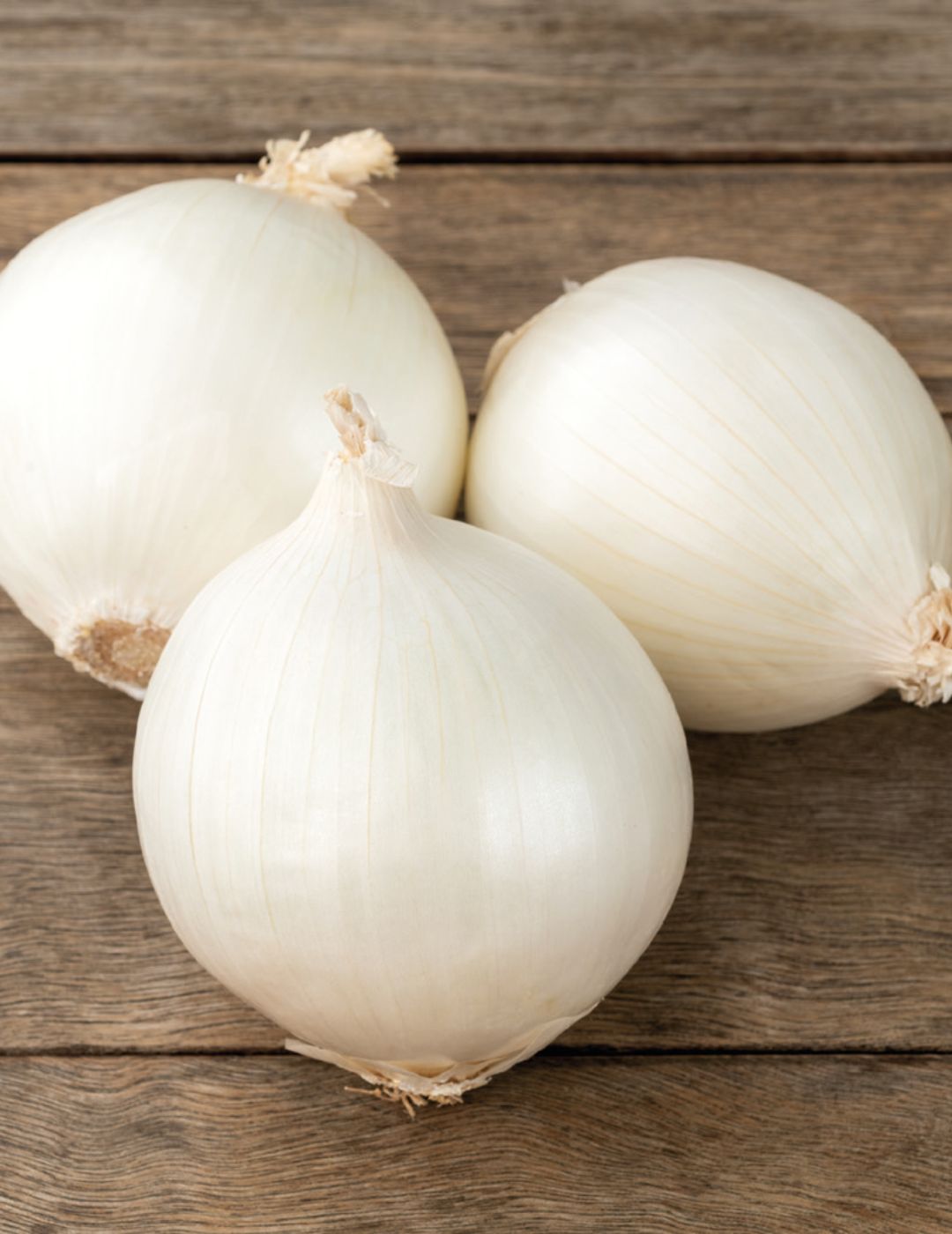
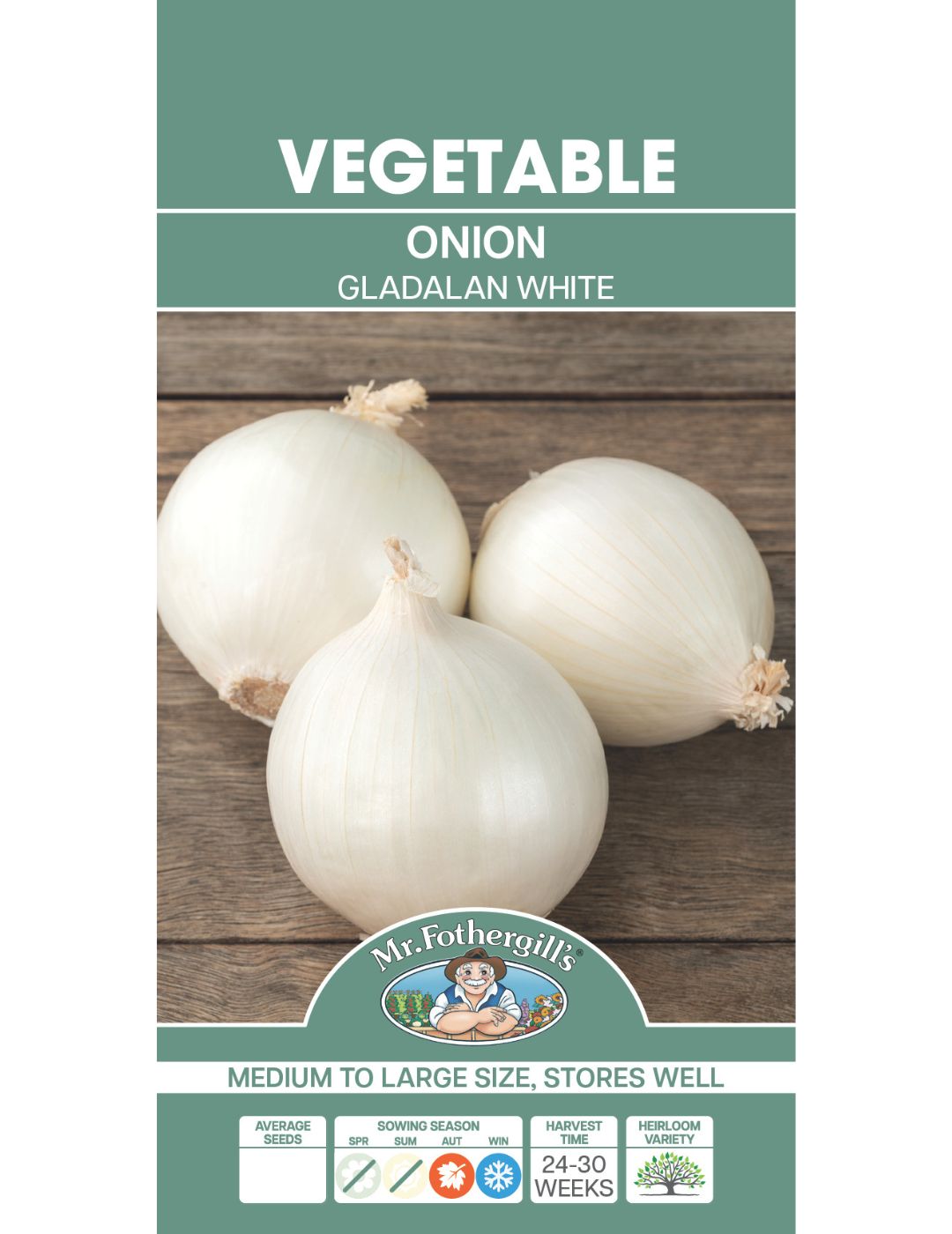

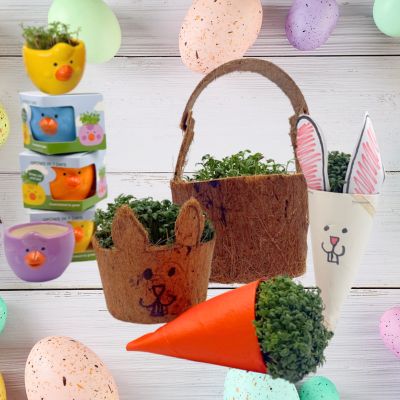



Leave a comment
All comments are moderated before being published.
This site is protected by hCaptcha and the hCaptcha Privacy Policy and Terms of Service apply.